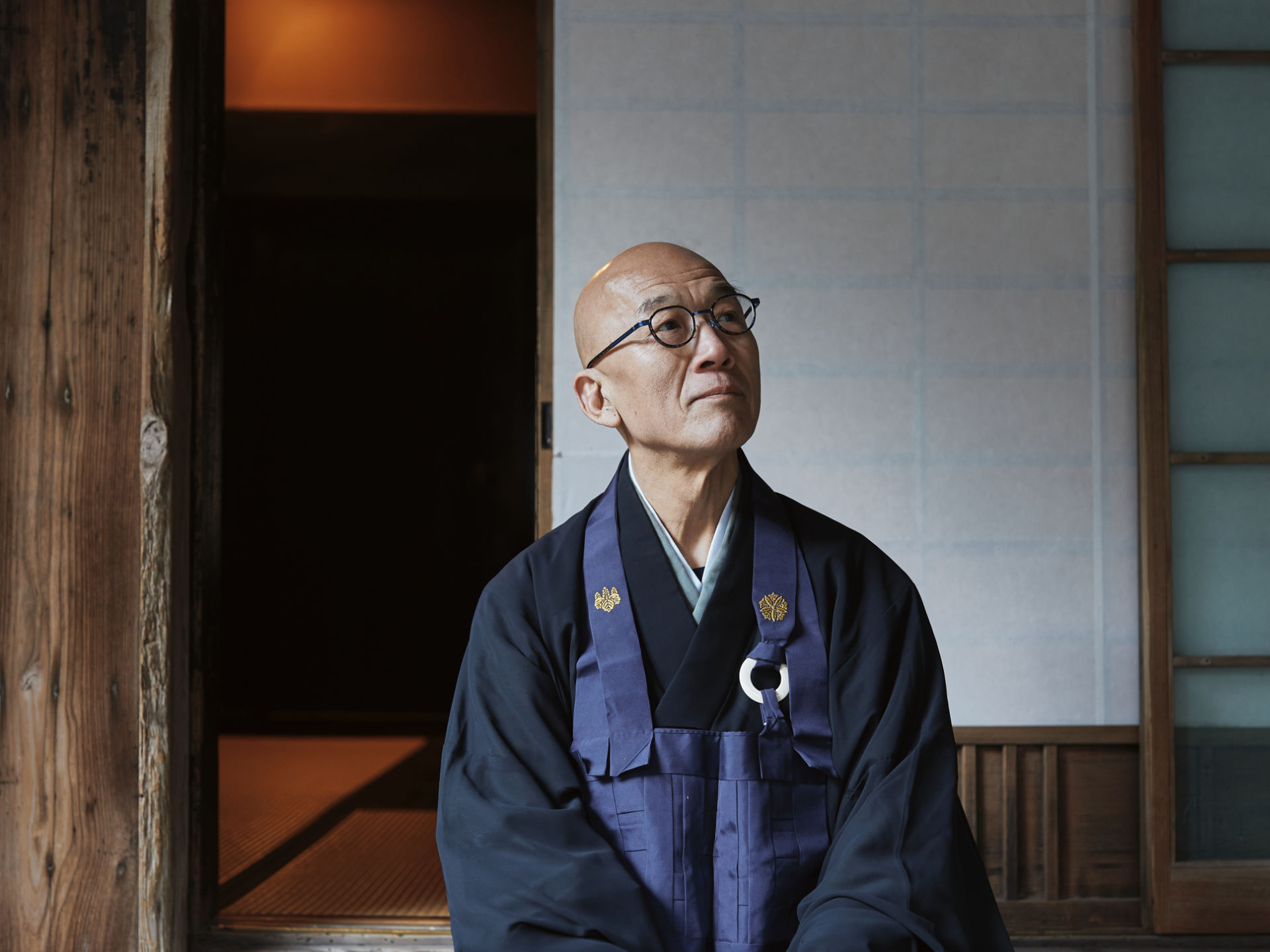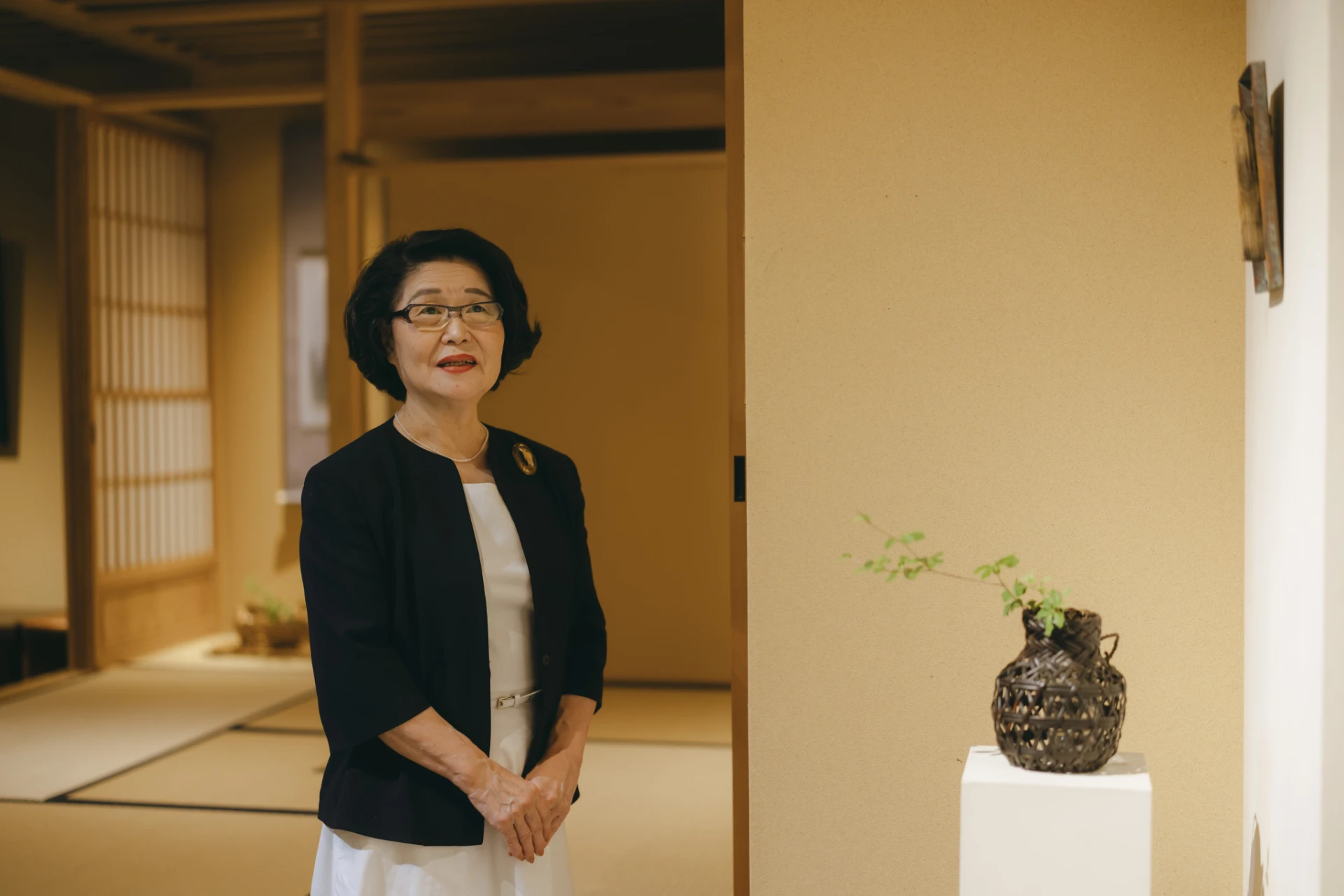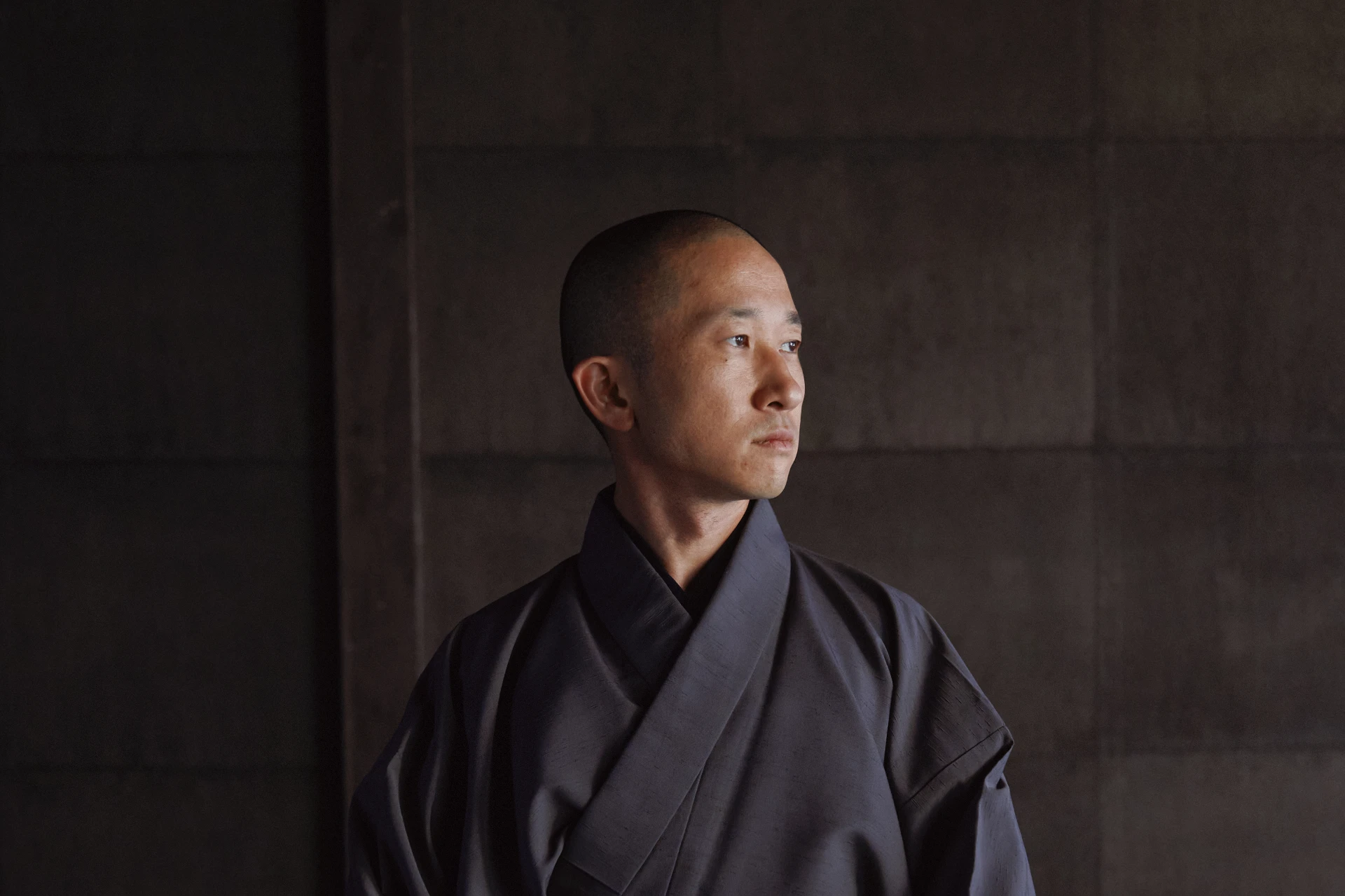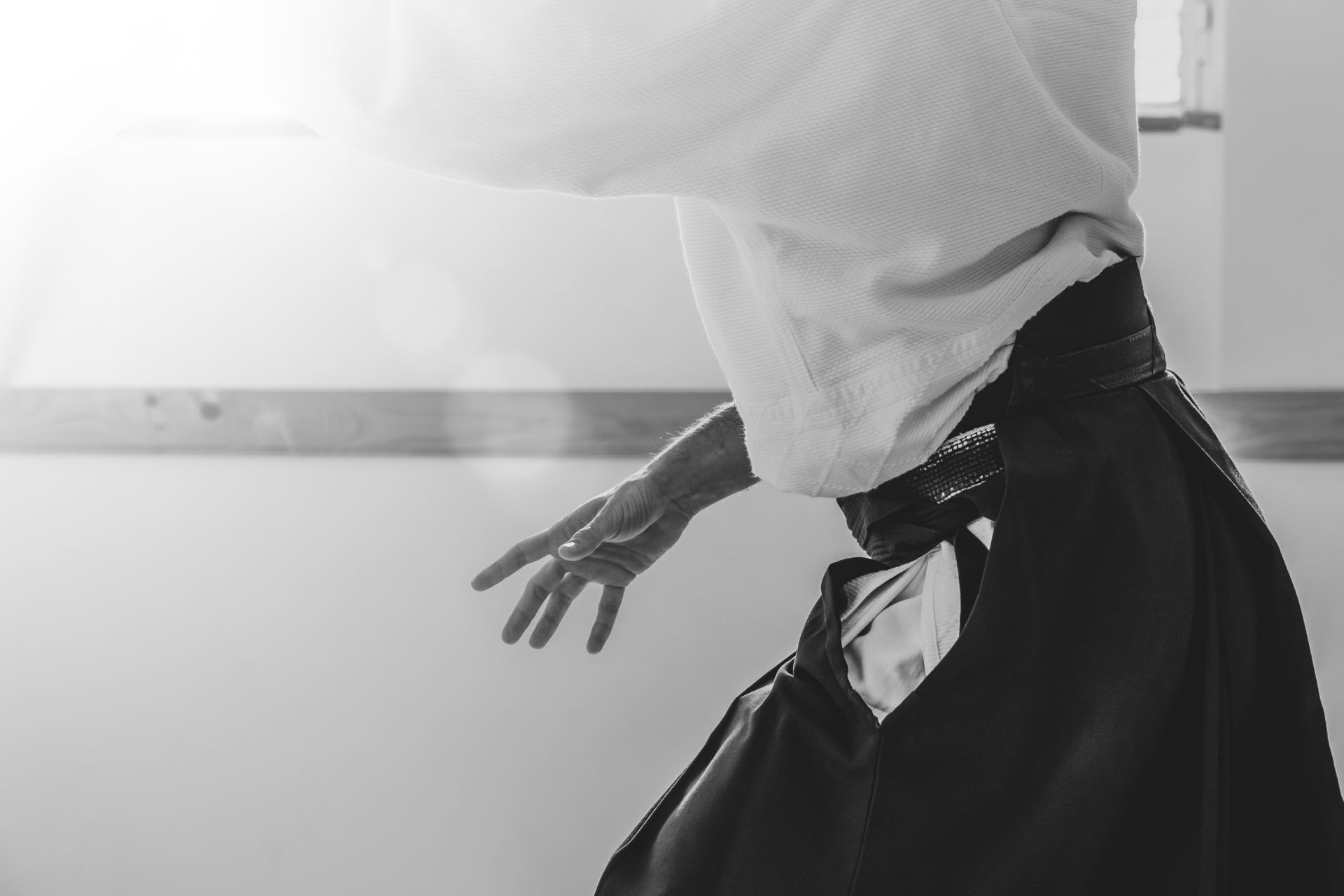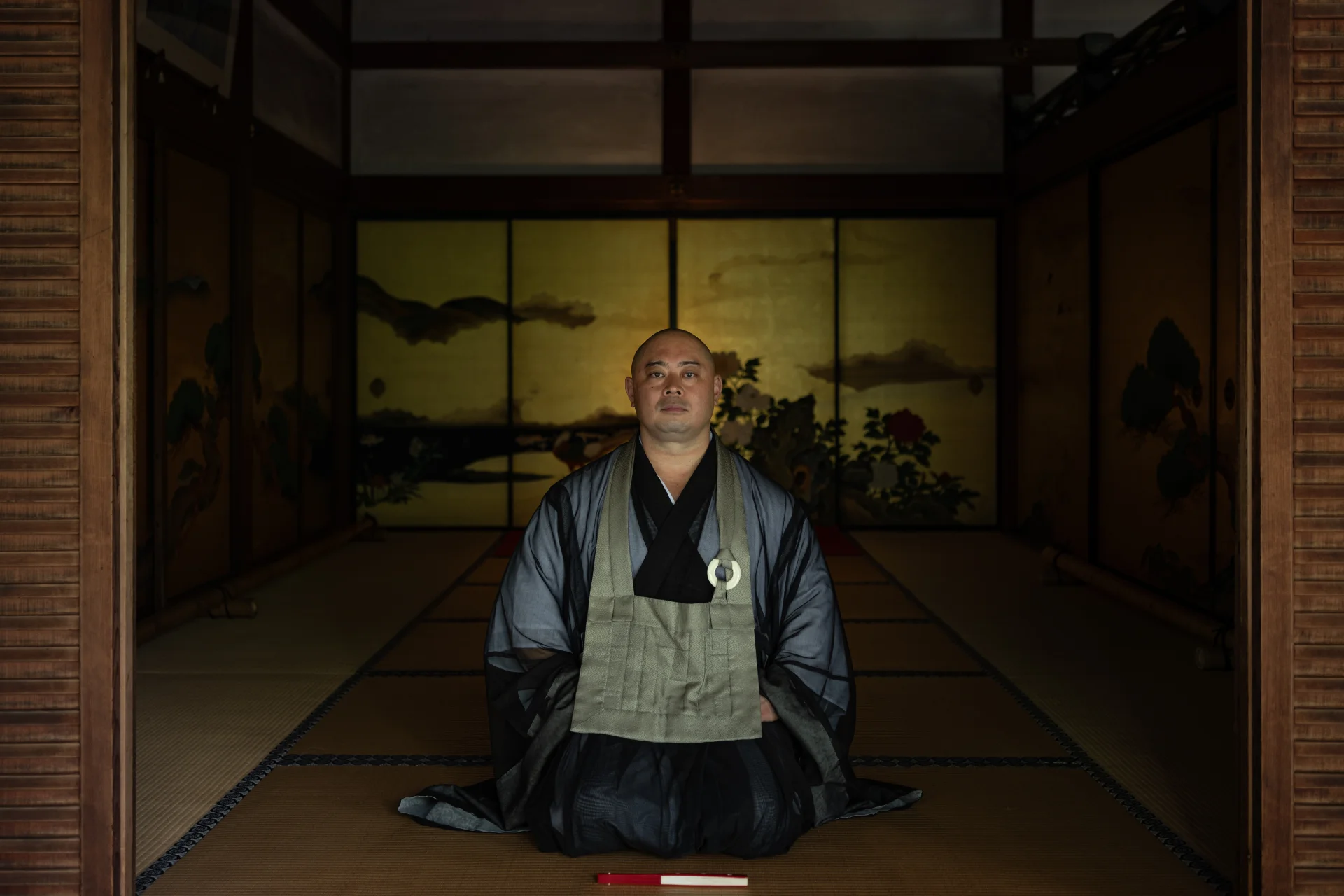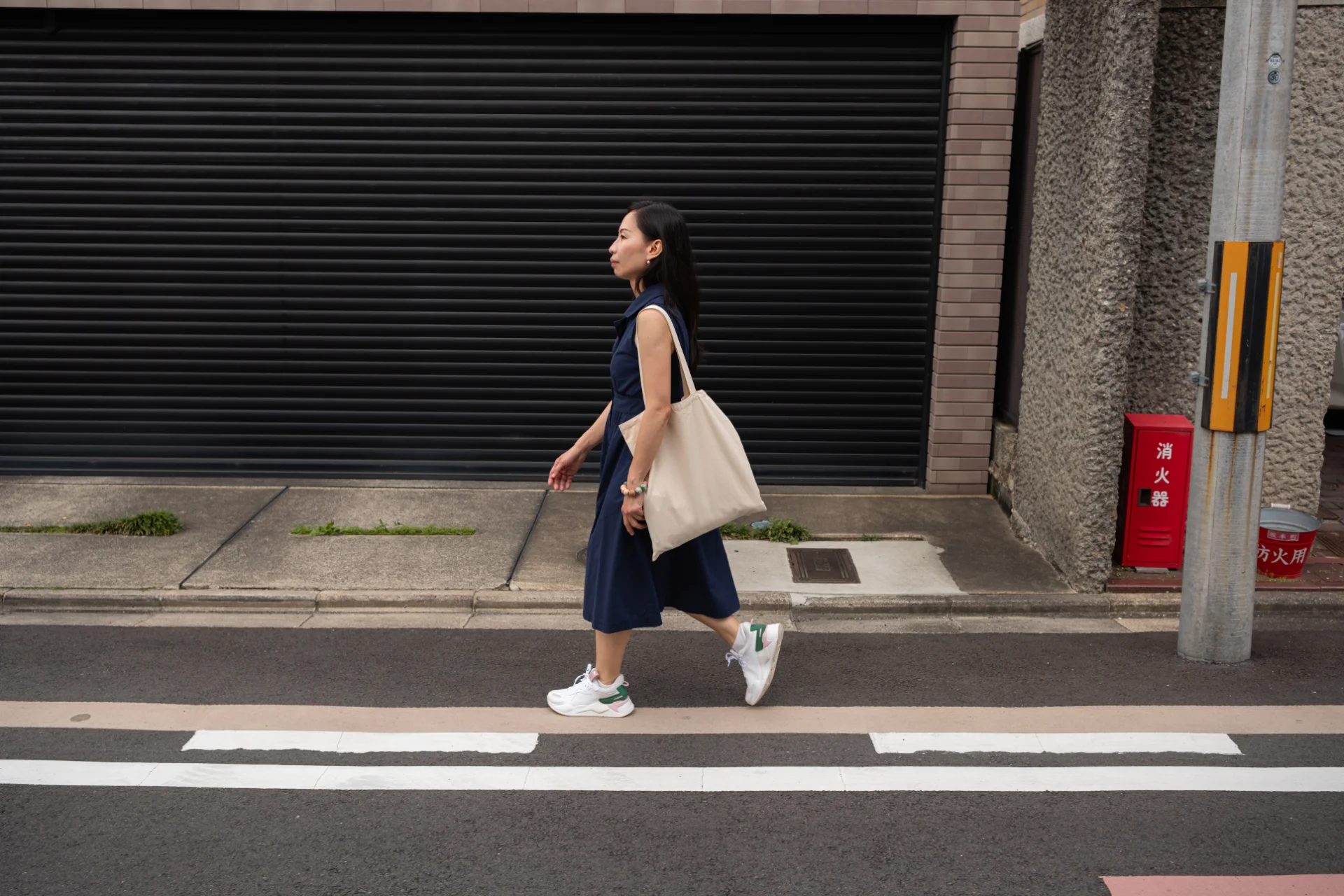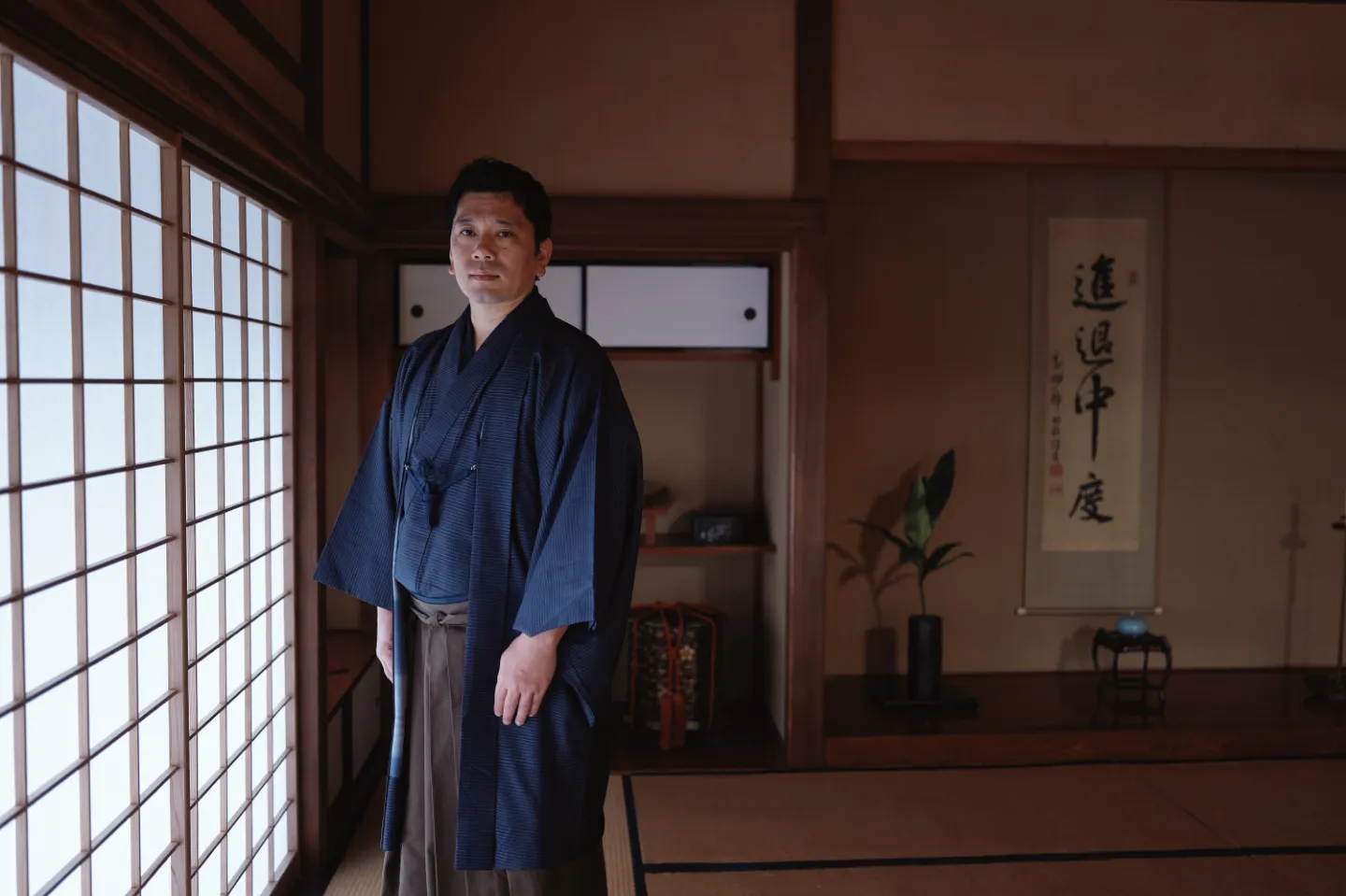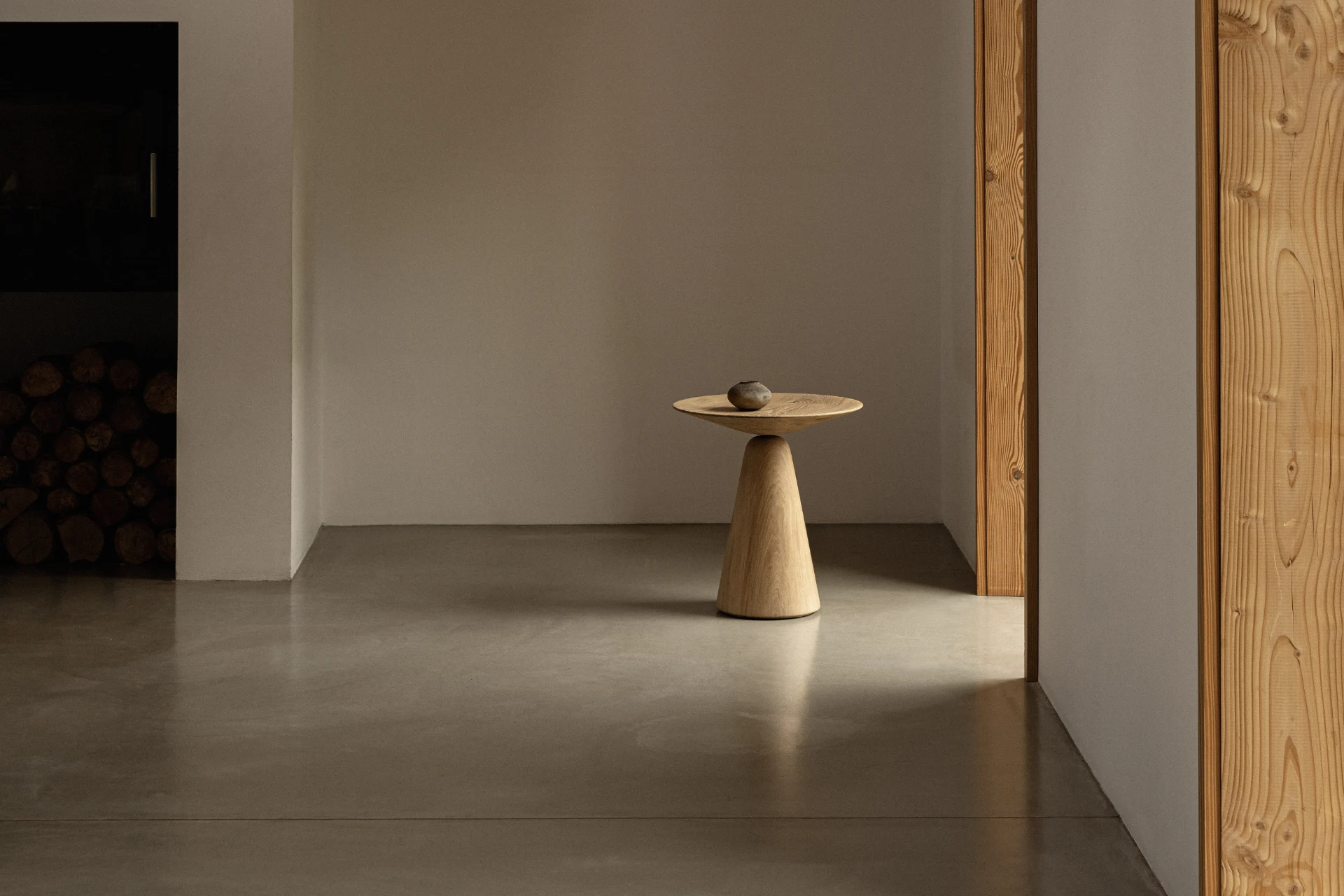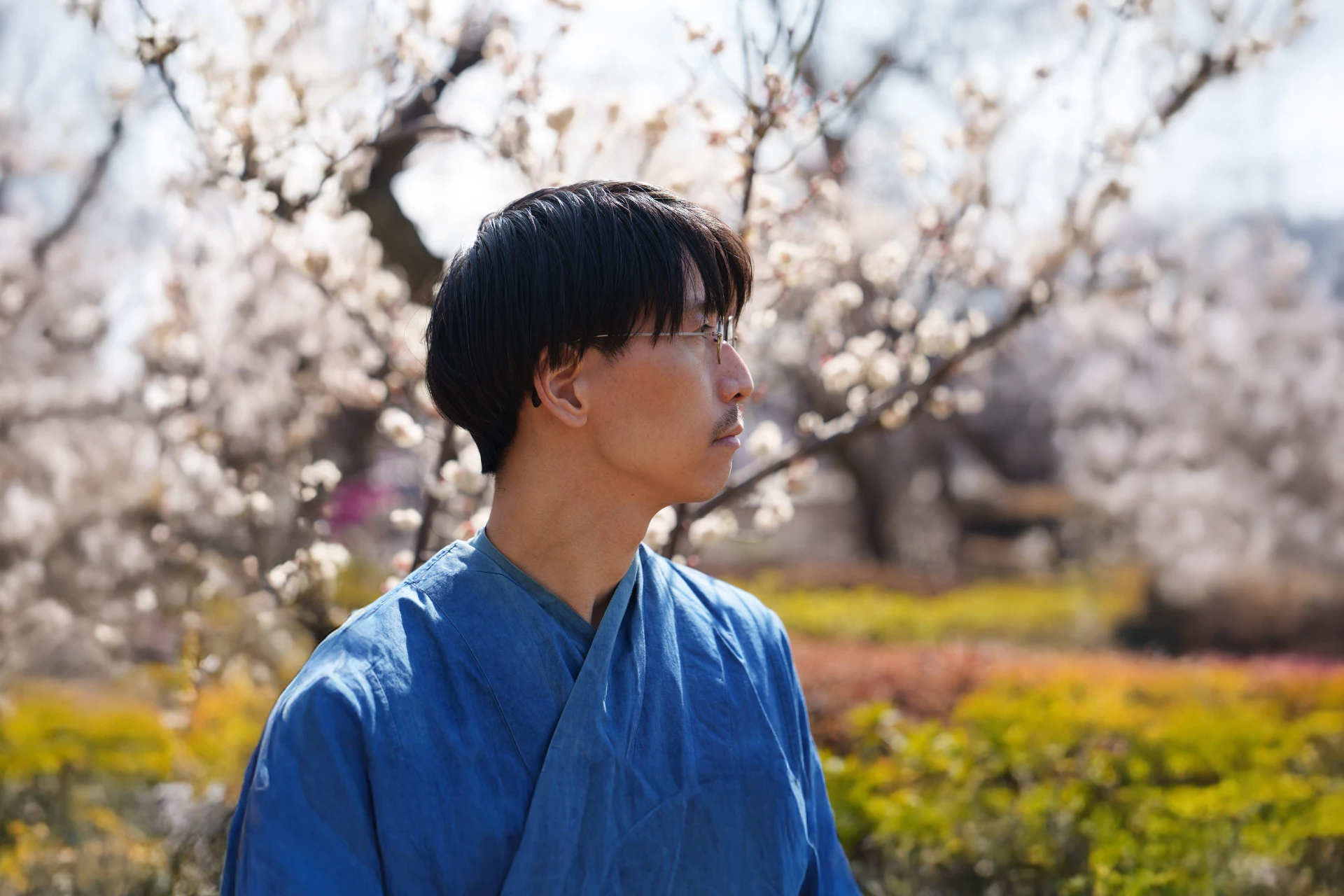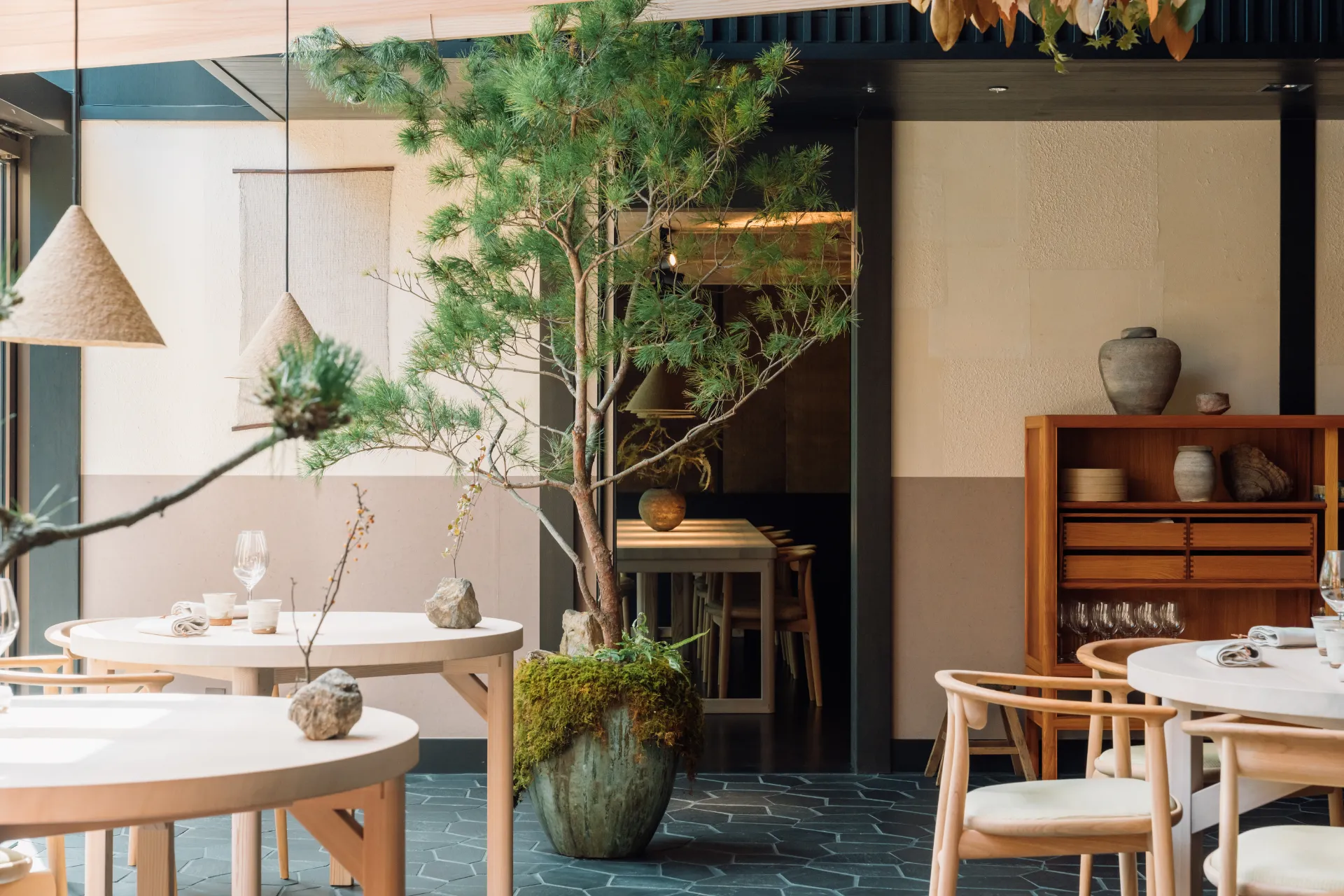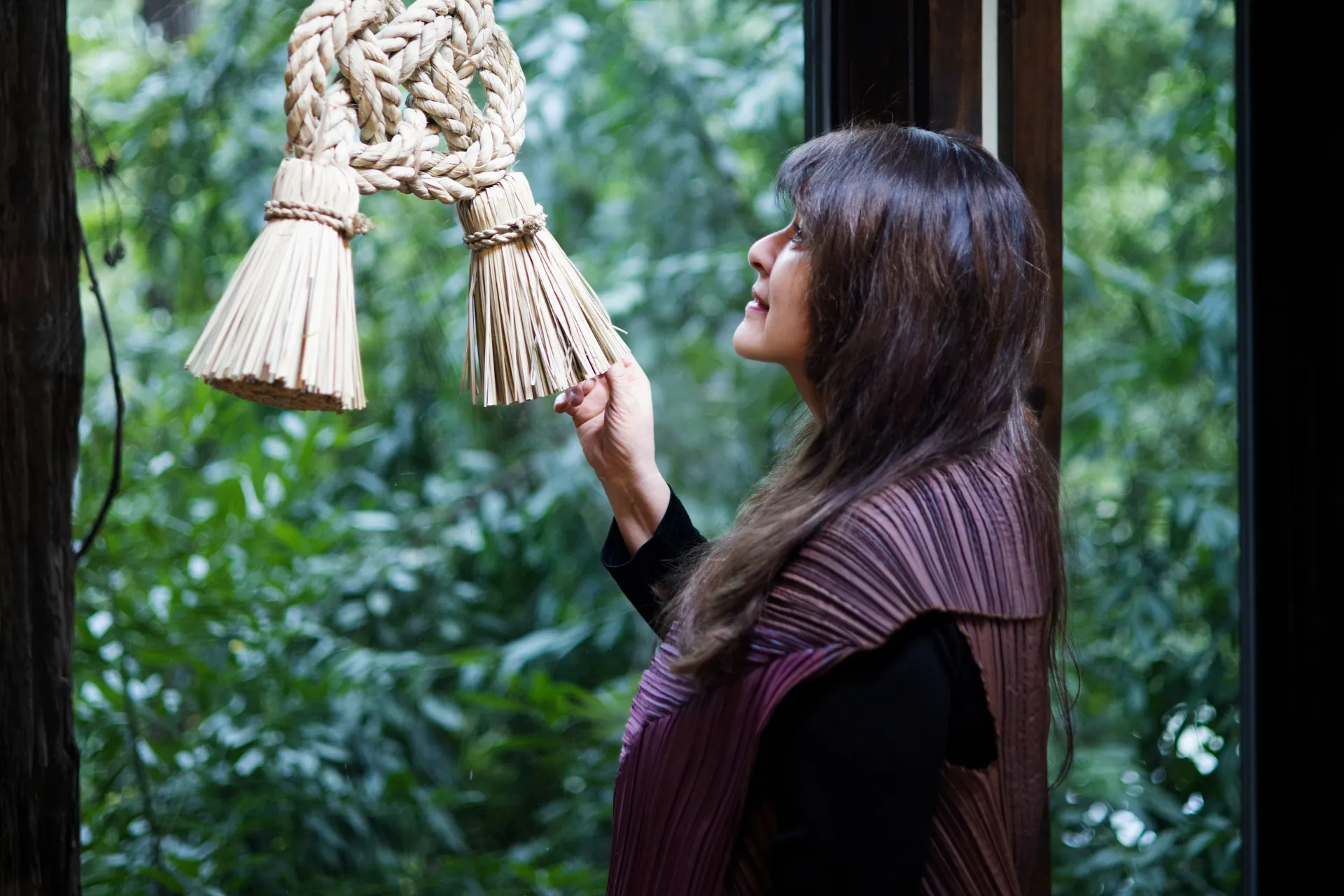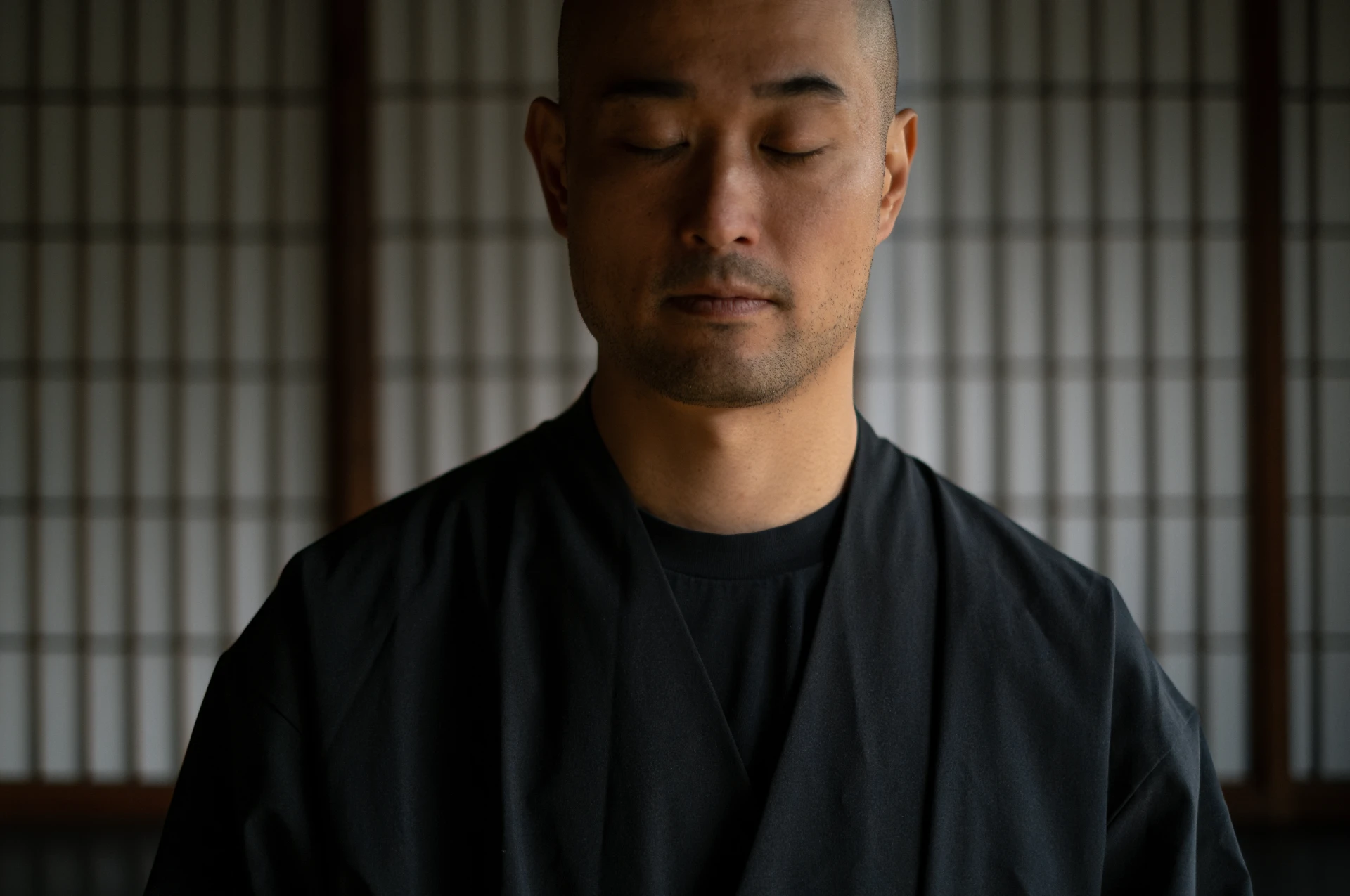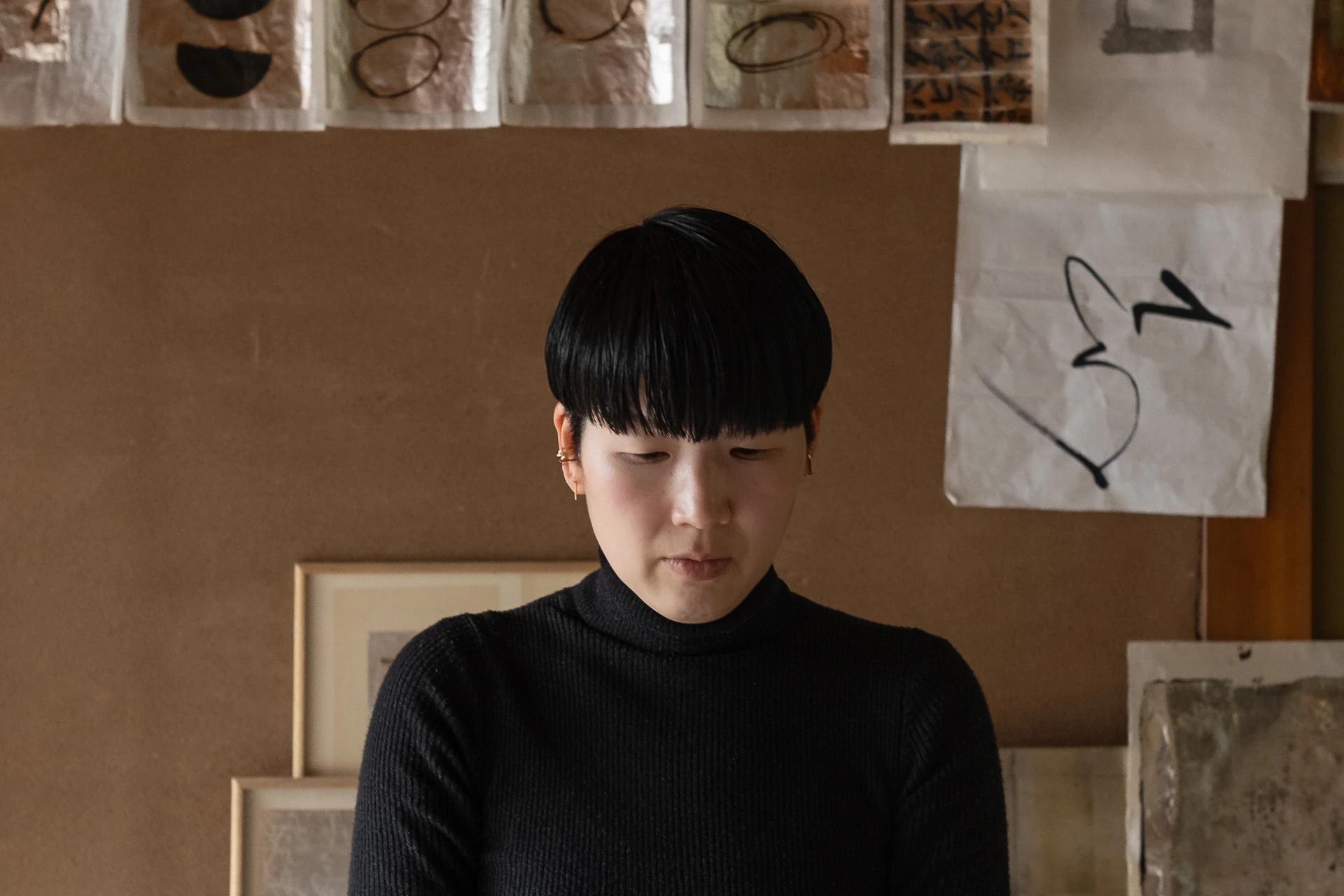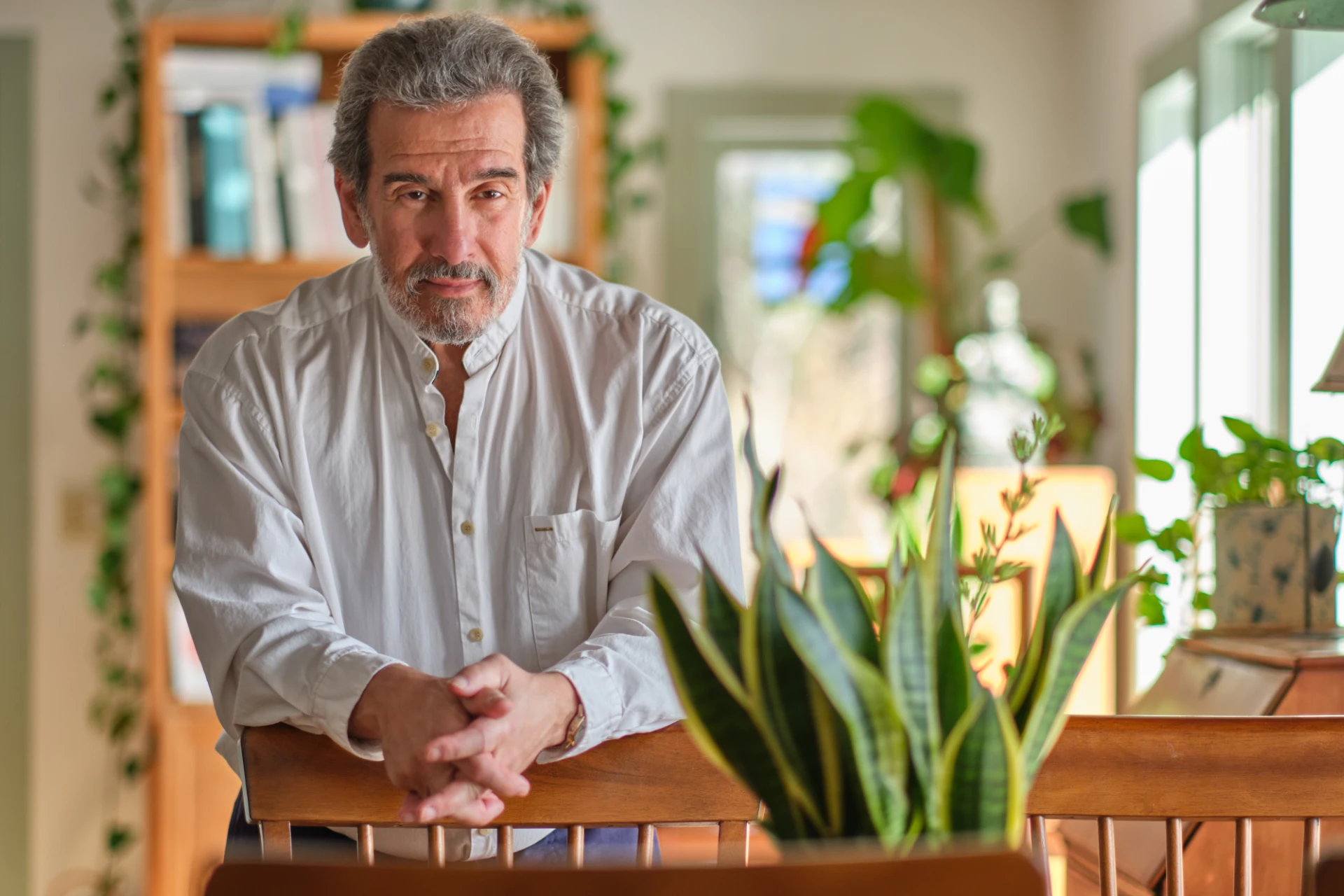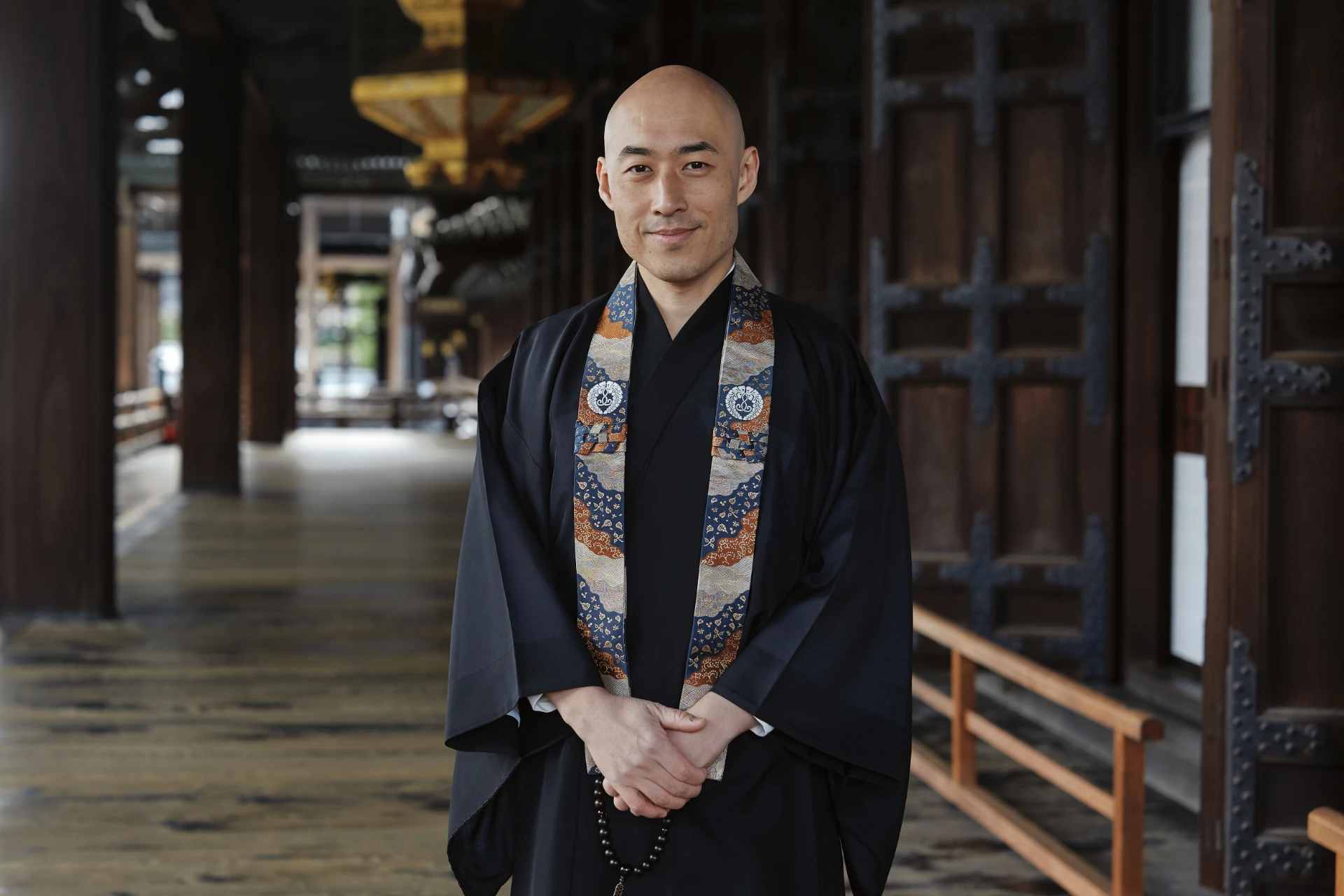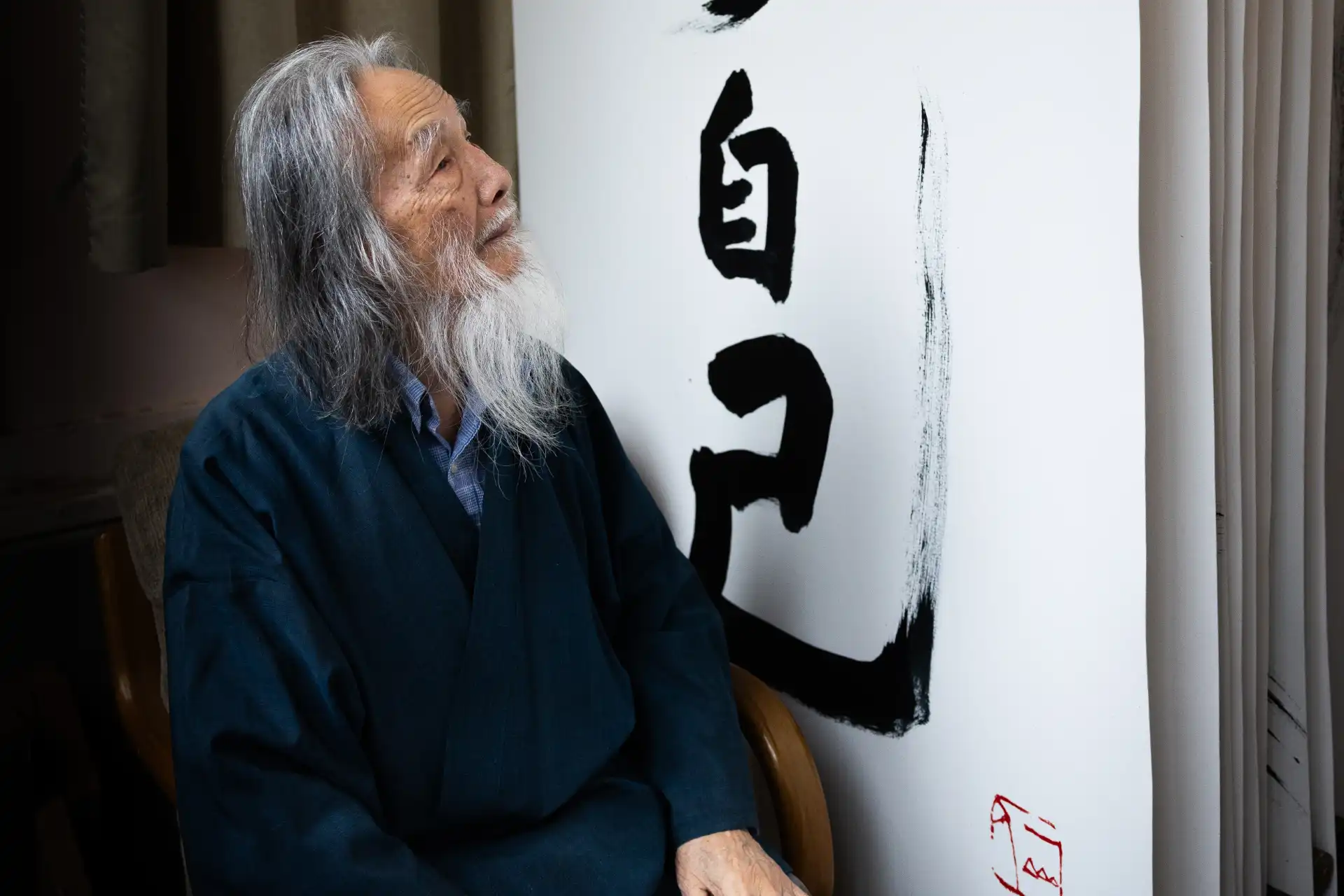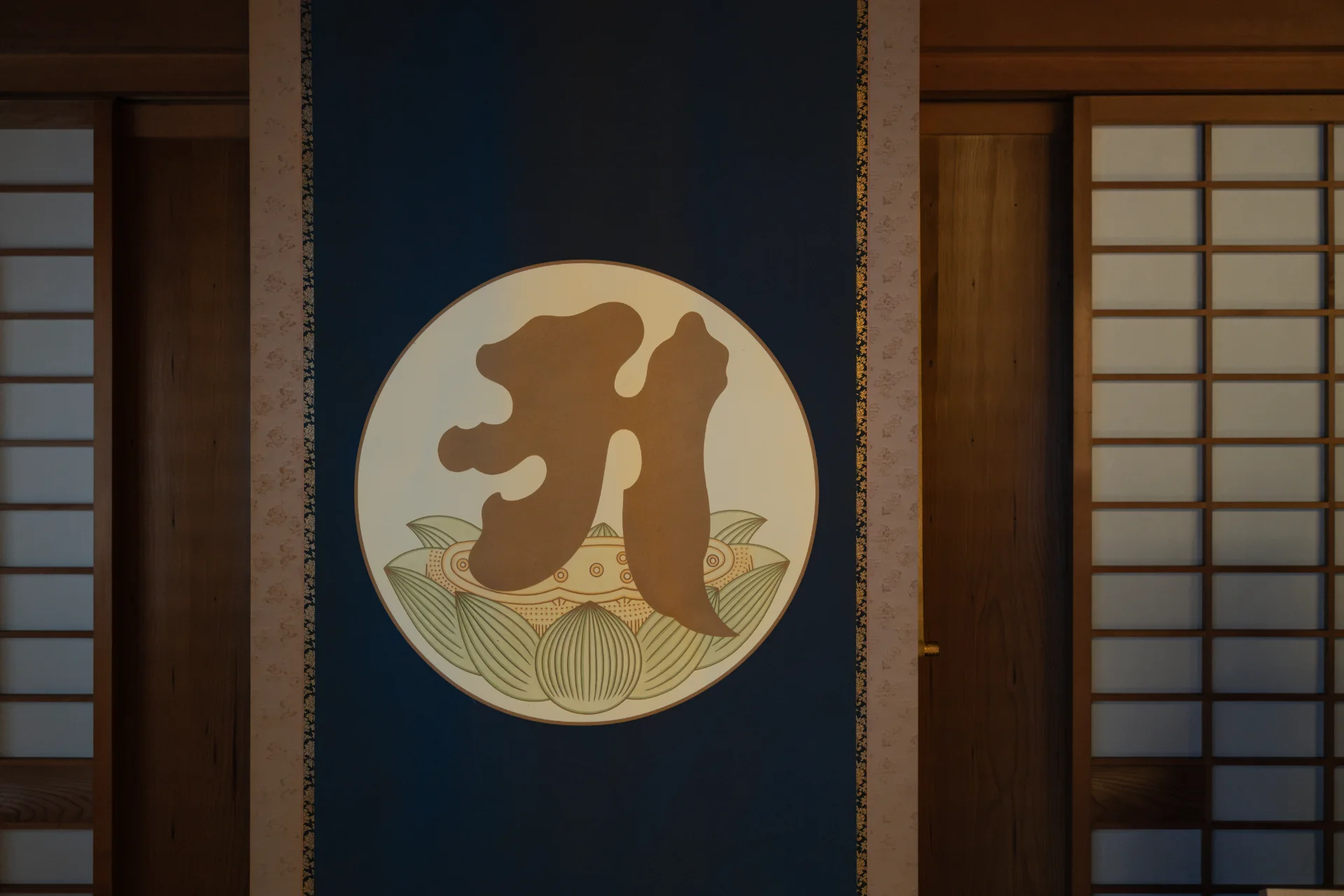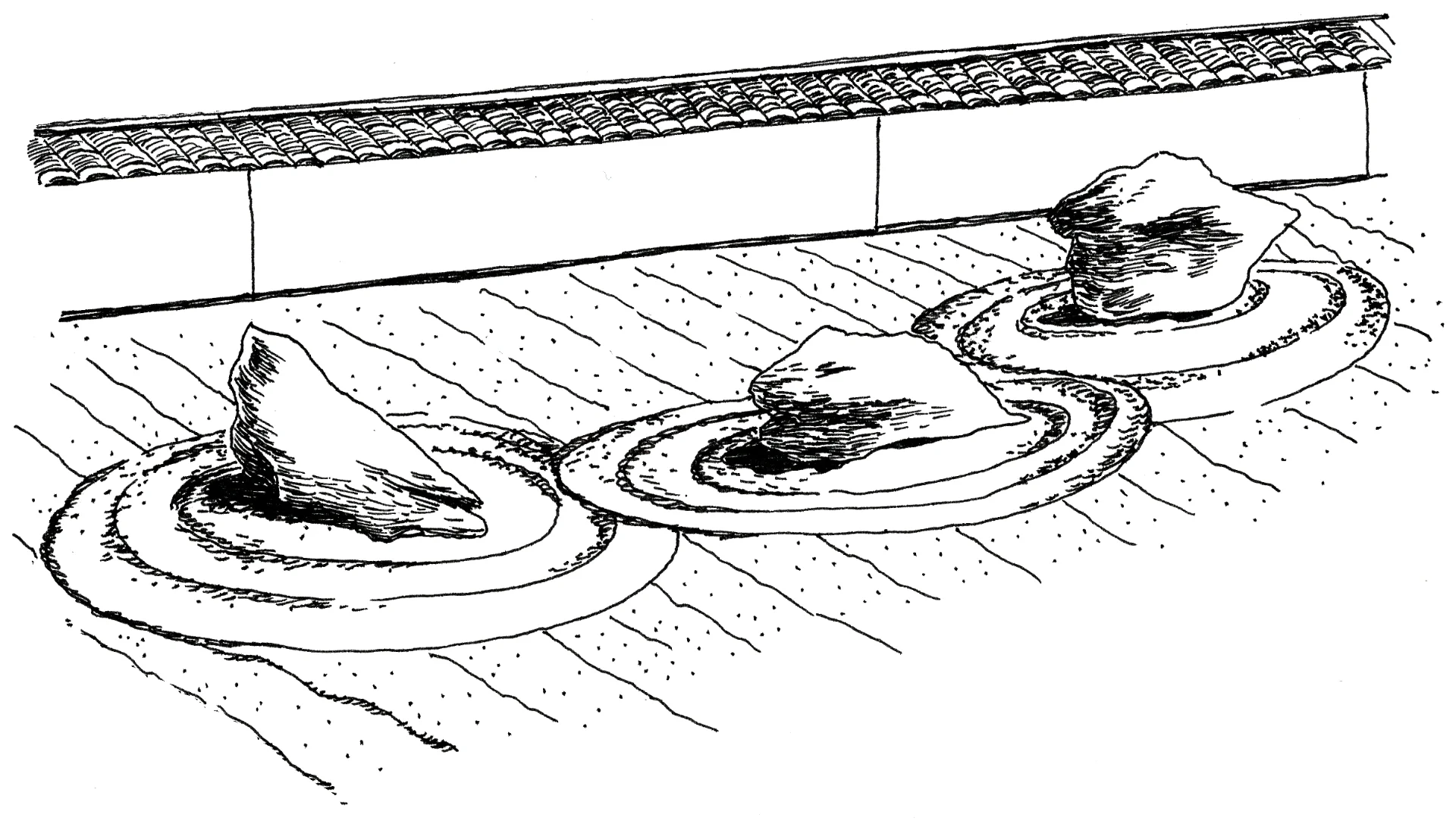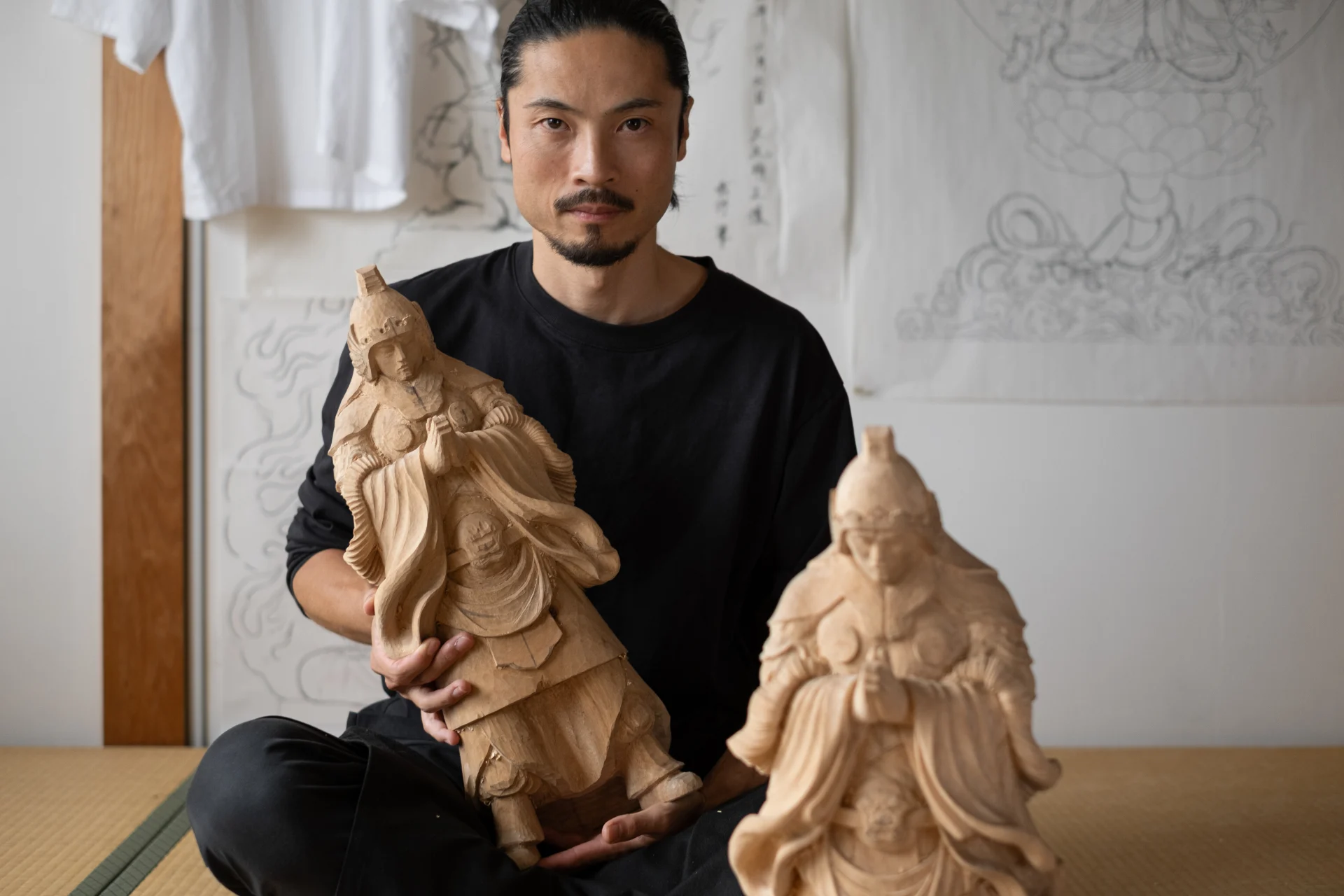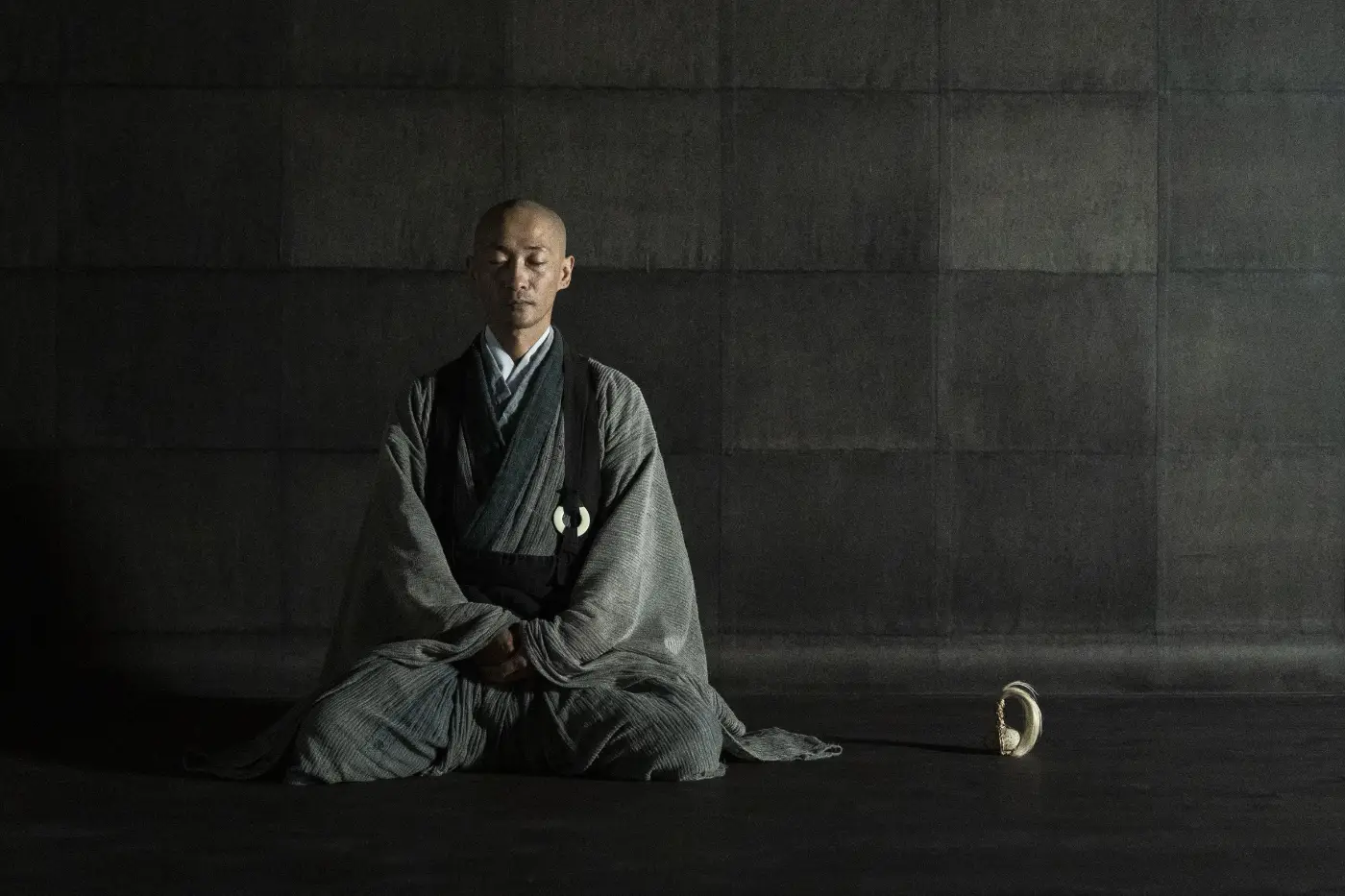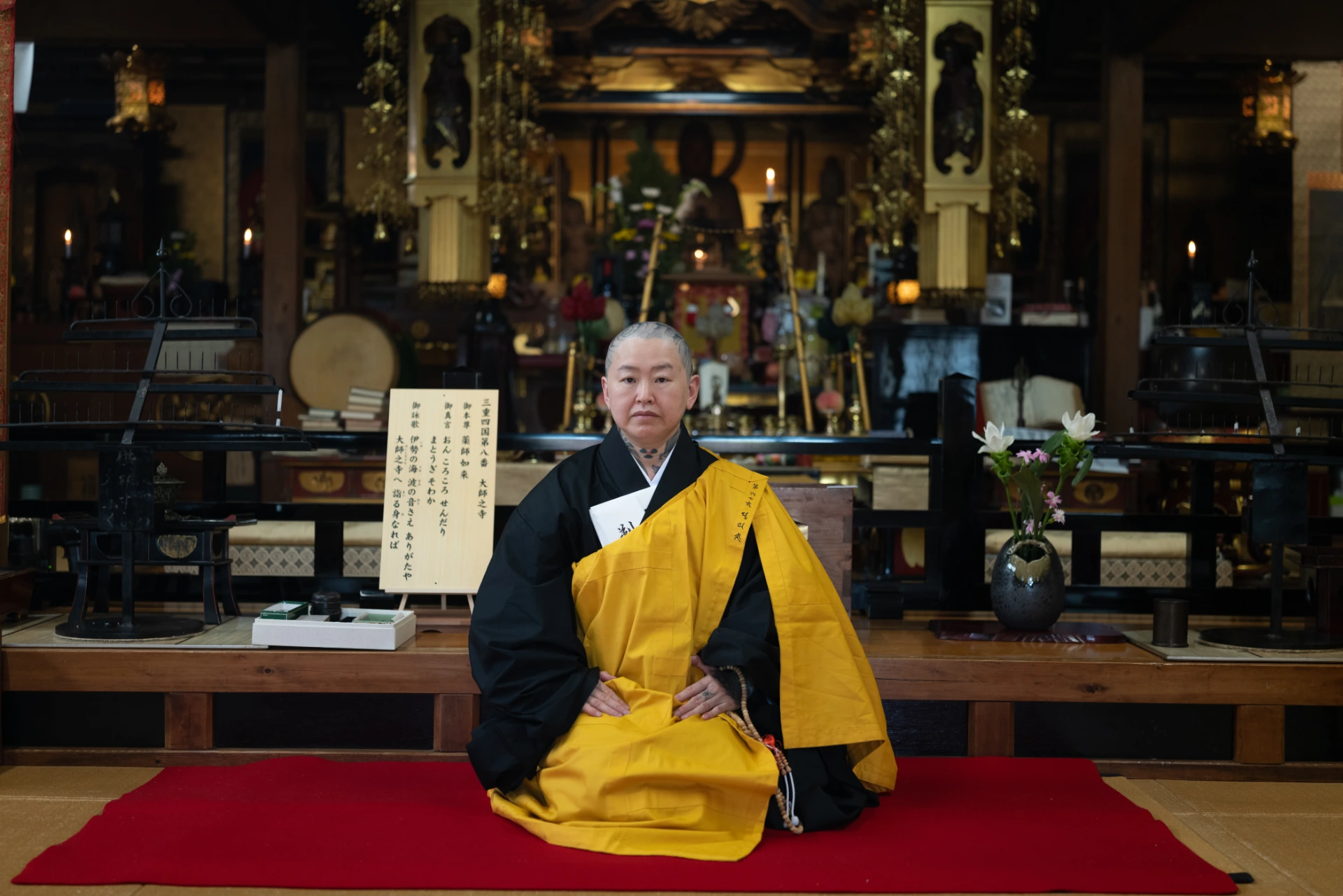Discovering One’s Own Path
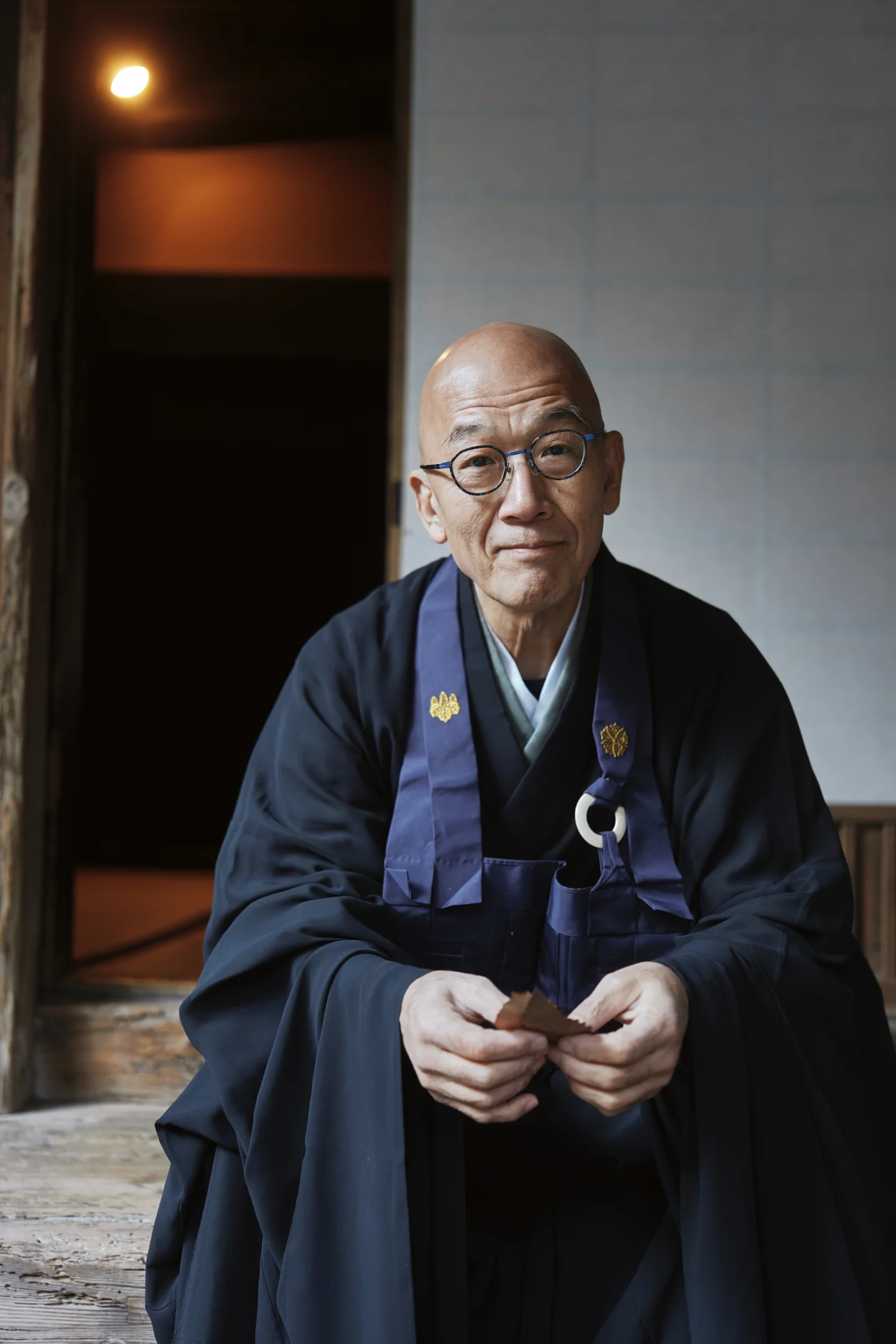
Where did you grow up and how did this inform who you are today?
I was born into an average family in Japan.
My father worked for a big construction company, and my mother was a nurse.
Their youth was shaped by the devastation of World War II, instilling a particular mindset. They were ready to die anytime. Particularly my father who was a soldier, had to be prepared to fly off as a kamikaze.
After the war, they married and worked hard to build a stable life. Having experienced such hardship, they wanted security for me: a good job, social standing, financial success.
How did those expectations impact you?
Behind my town, in the Edo area, a copper mine was discovered.
All my classmates were sons of men working for mine companies. In a sense, my town was a town of salary men, and success meant to be hired by one of the companies.
Every morning, my friends and I walked to elementary school. As we waited at the crossroads, we would see a stream of bicycles of all the workers heading down to the factory where they would spend their day.
Even as a child, I felt strongly that I could not be one of them.
I did not want to be part of the stream! I did not want to mindlessly follow society’s expectations.
I wanted to discover and follow my own path.
Understanding Ourselves Deeply
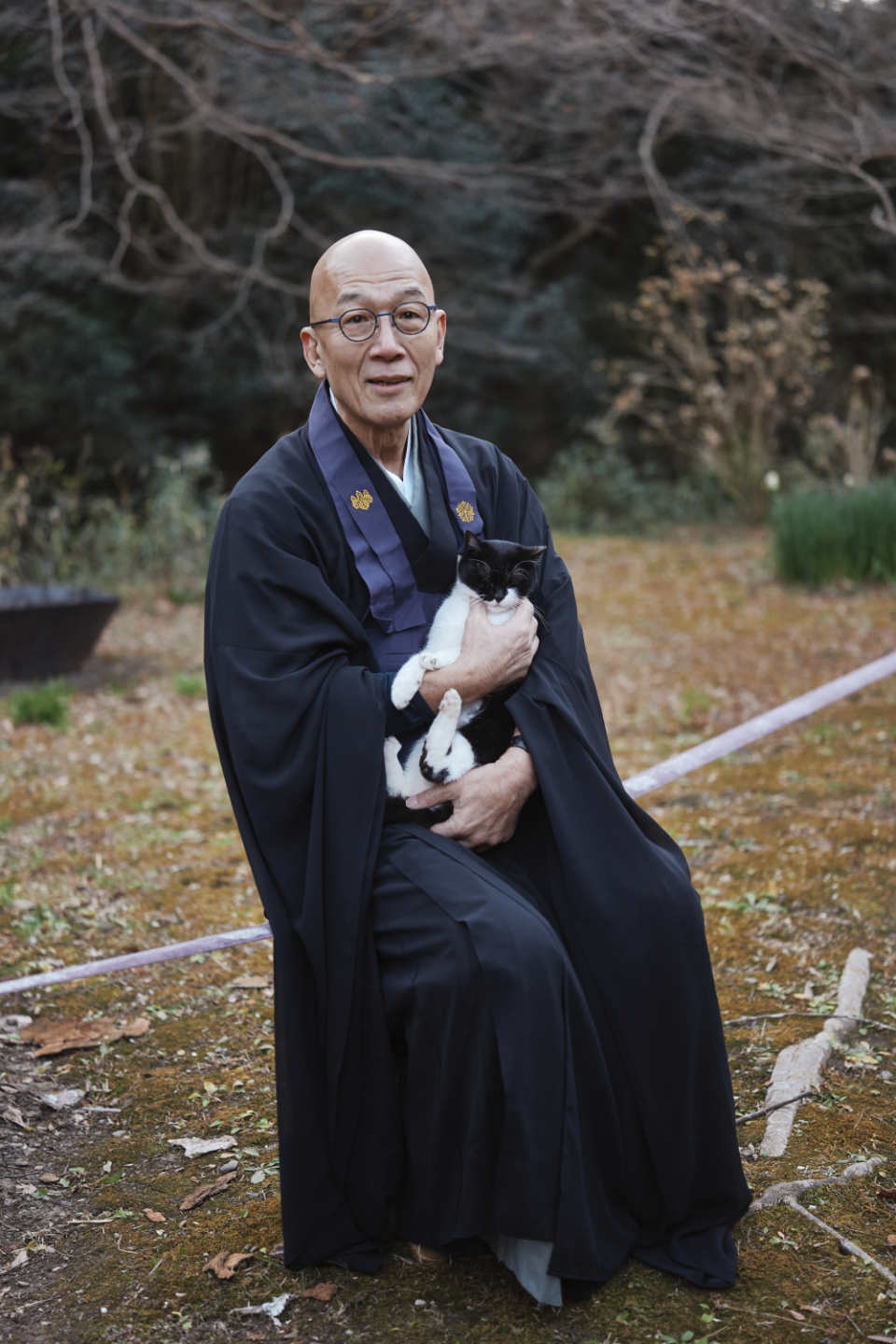
Is this what led you to move to Tokyo and study philosophy?
Yes. When I was a senior high school student, I had a deep interest in the inner universe, and about myself. So I first decided to study philosophy.
This was shocking to my parents and they worried about how I could eventually support myself. But, I was not interested in getting rich or famous. I wanted to live a contemplative life, far away from mainstream society.
During my third year at university, I changed my major from philosophy to psychology. Philosophy was too abstract and I wanted to learn a more methodological approach to philosophical issues. But the more I studied, the more I was disappointed by scientific approaches to psychology. It strictly separates the body and mind.
I was looking for a more holistic and integrated approach to what it means to be fully human.
During my studies at the University of Tokyo I began Aikido, as I loved to move and wanted to learn about my body, learning to move in a different way. Aikido still seemed to carry the old martial arts spirit and way of moving the body.
Was it also at this time that you first encountered Zen and Zazen?
Outside of campus I tried many things, including a Japanese movement practice called Noguchi Taiso, as well as Chinese medicine.
Noguchi exercises taught me to soften and relax as much as possible, to move together with gravity, and trust the body. The body has its own wisdom or intelligence, so through Noguchi Taiso we allow the body to show that ability.
It was very fun for me.
Around the same time, I also met a master of Oriental medicine. When I approached him to ask to become his disciple he asked me, “Mr. Fujita Issho, do you understand yourself deeply?”
I said, “Well, I’ve been studying psychology for almost six years.”
He said, “Psychology doesn’t help at all for you to understand yourself.”
I said, “Then, how can I understand myself? ”
He said, “Only through Zen.”
“Zen?” [laughs]
He said, “I myself have been a Zen practitioner since my college days. I’m still practicing Zen. I recommend you to try a five day retreat”
It was quite an unexpected suggestion for me. I wanted to study Oriental medicine, but he offered me Zen. So, almost reluctantly, I applied for the five-day session.
That was the beginning of my journey to Zen.
A Total Failure
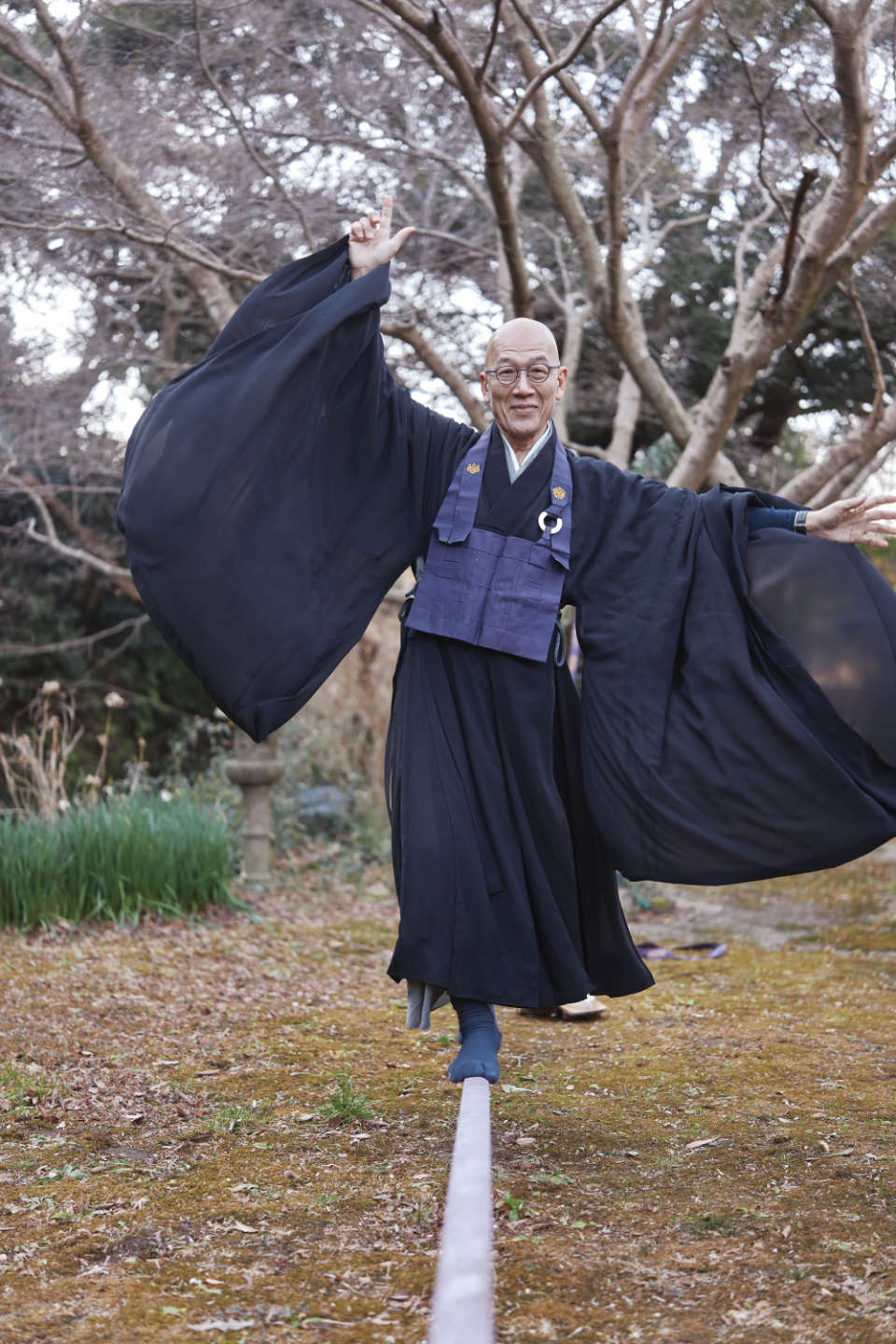
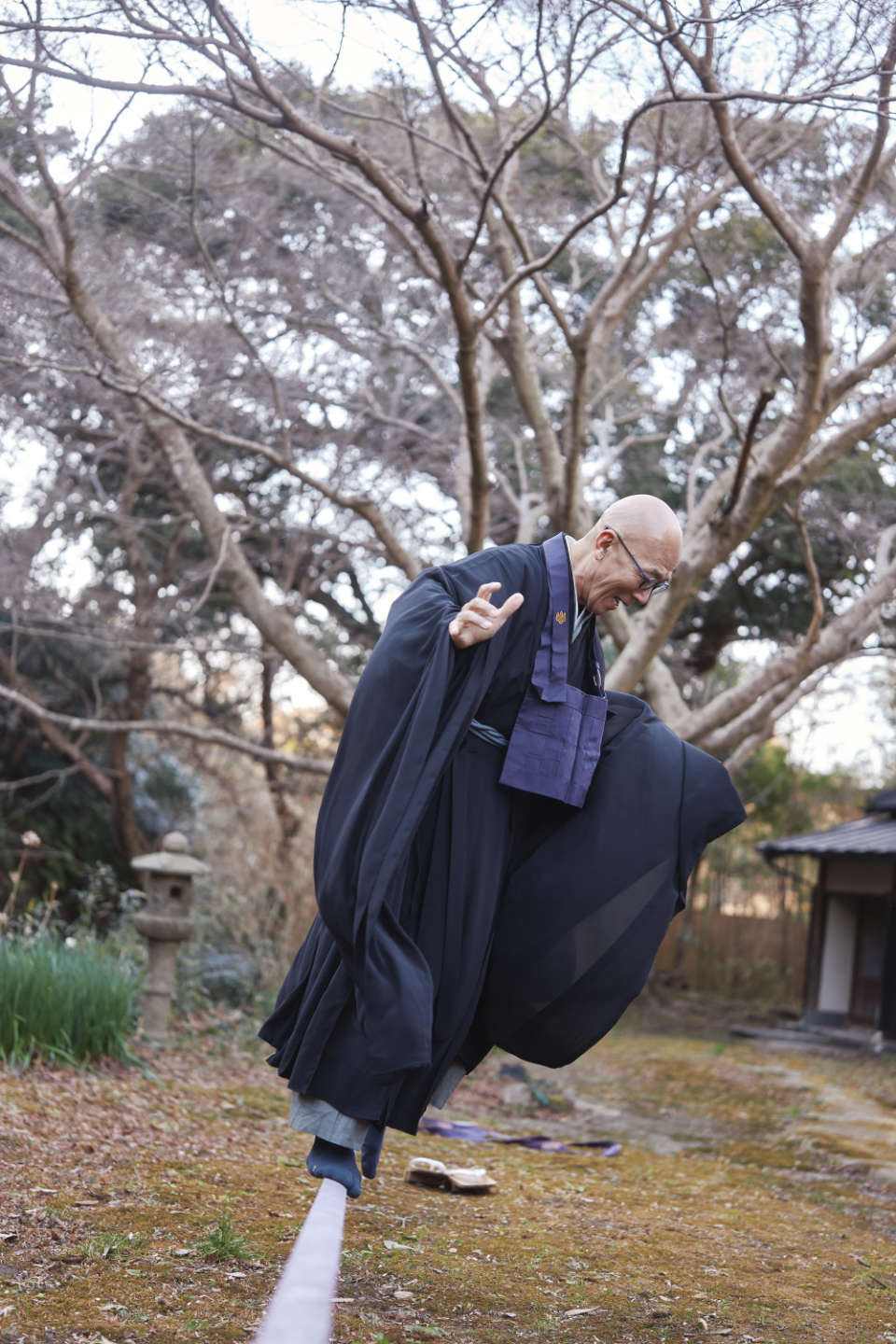
What were those five days like for you?
It was a terrible experience. [laughs]
I felt it was a total failure because I couldn’t focus and sit in a cross-legged sitting posture.
I am a person who doesn’t like to be told what to do, but there, I had to follow everything I was told to do. Sit, stand, walk, eat.
Naturally this stirred lots of resistance inside myself.
Also, I’m a mover. I like moving, but there for many hours, I had to sit still, enduring pain on my knees or my back, without knowing why.
So, 99% of my thoughts were telling me I have to leave here immediately, but a small part of my psyche was excited by this new activity. With the doubts in my life, maybe it wasn’t a bad idea to stop and sit still this way, enduring this pain and meaninglessness.
At the end I found myself writing my name on the application for the next session. [laughs]
The more I engaged in Zazen practice, the more strongly I felt I should commit to it.
Ultimately, I felt I should drop out of graduate school and commit myself fully to studying and practicing Zen. This was a big decision for me at the time and I doubted for some time.
Reaching Clarity
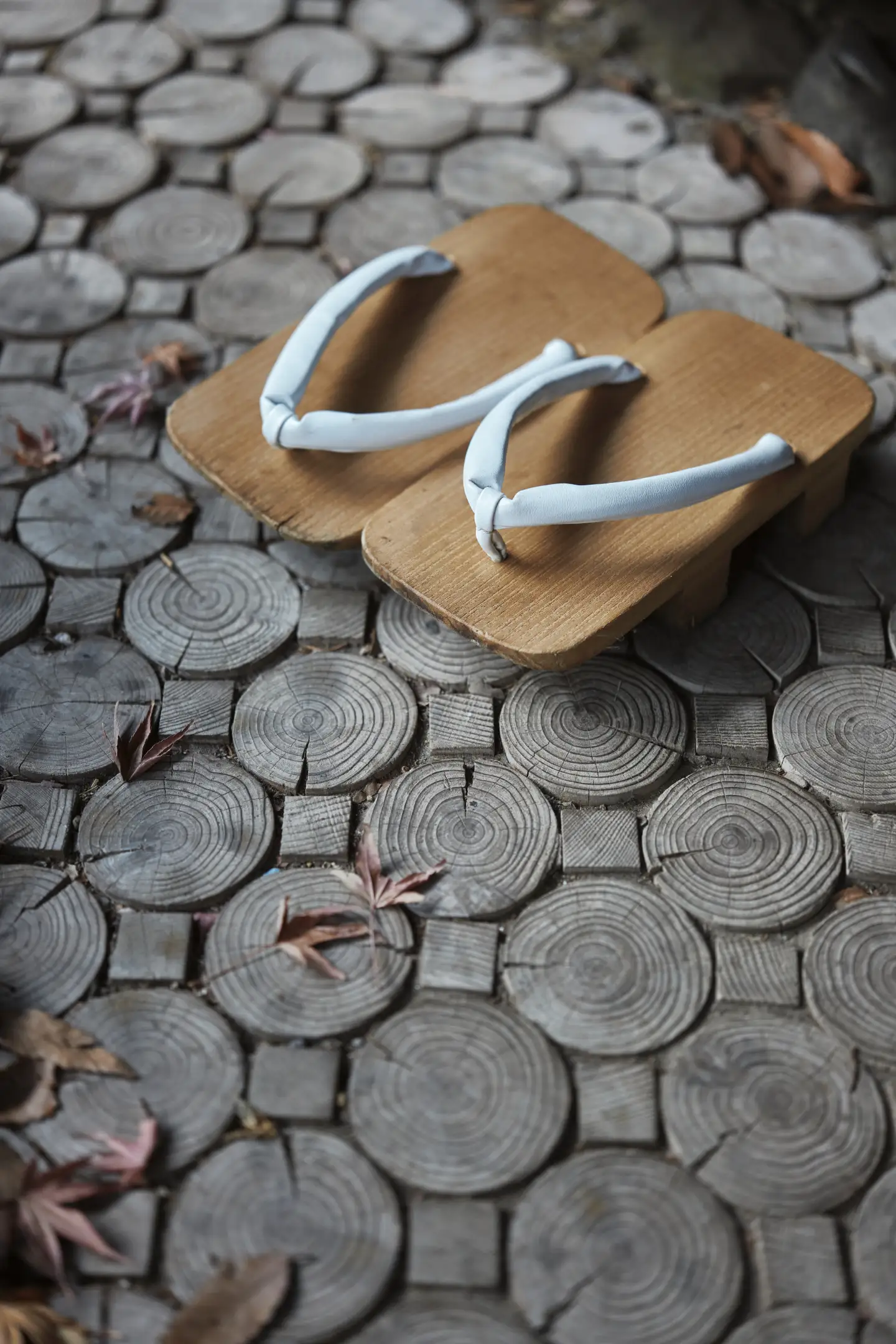
How did you reach clarity on which path to pursue?
I decided to try the 88-temple pilgrimage walking around Shikoku by foot.
I started the pilgrimage with three conditions for myself:
- All walk. No car, no train. Everything by foot.
- No money. I would rely solely on donations and kindness of others along the way.
- I would only sleep outside.
So during my pilgrimage I lived kind of like a homeless beggar.
It took me 31 days to complete the full pilgrimage, which is quite a bit shorter than usual. I walked at least 10 hours a day, some days I even walked nonstop without sleeping. I was very strong at the time and believed the harder, the better.
About halfway my decision to pursue the path of Zen and stop my studies had clarified.
So I stopped by my parents’ house without notice to share my decision with them.
I knocked on the door. My father opened and then found his son standing there with a beard, smelly because no shower, no bath for a month. Dirty and in a pilgrimage costume, carrying a stick.
Surprised, he exclaimed, “What’s going on?!”
I mentioned that I had decided to quit graduate school to focus on Zen training. Then kept moving to complete the pilgrimage.
That’s how I made my final decision.
Finding Our True Self
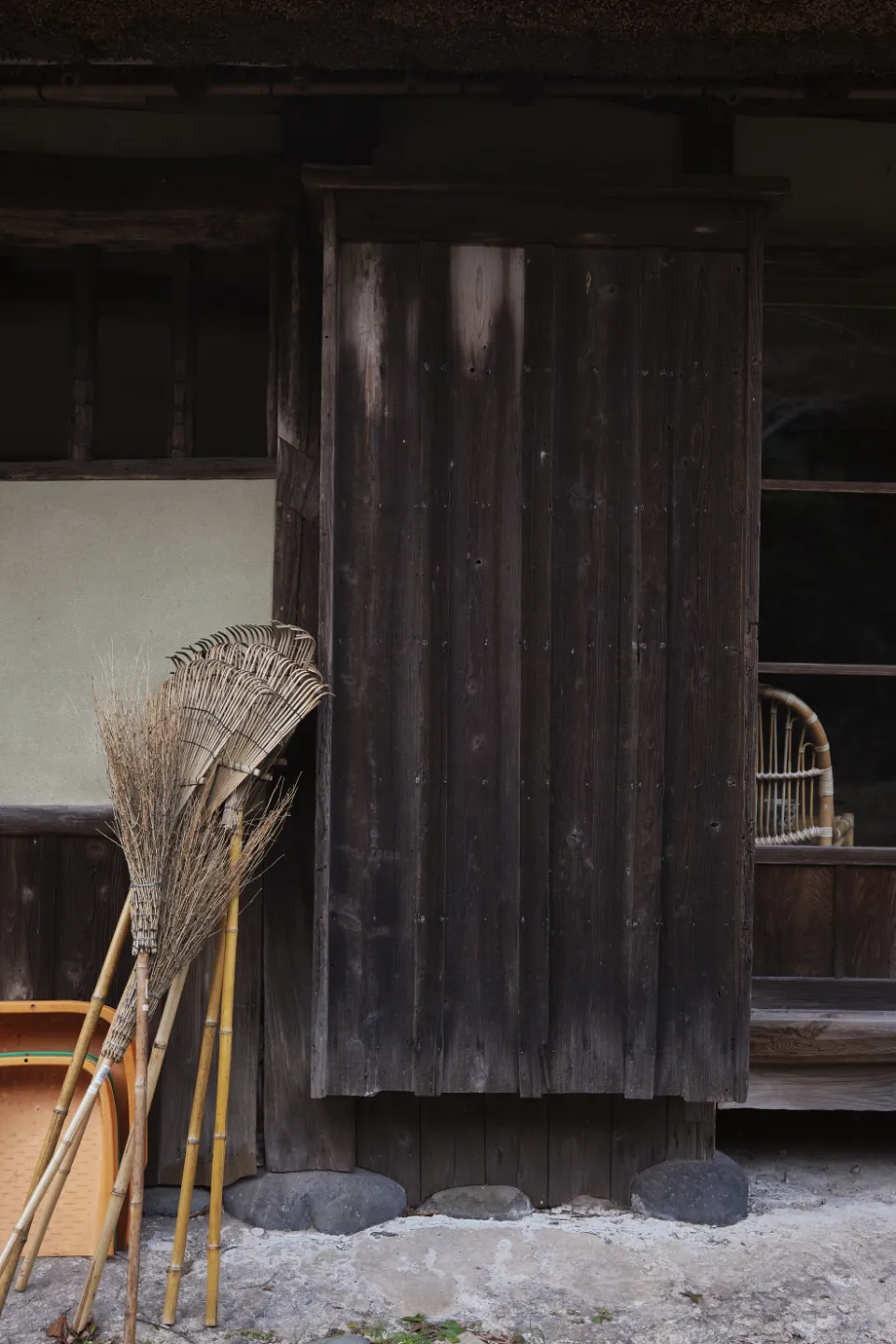
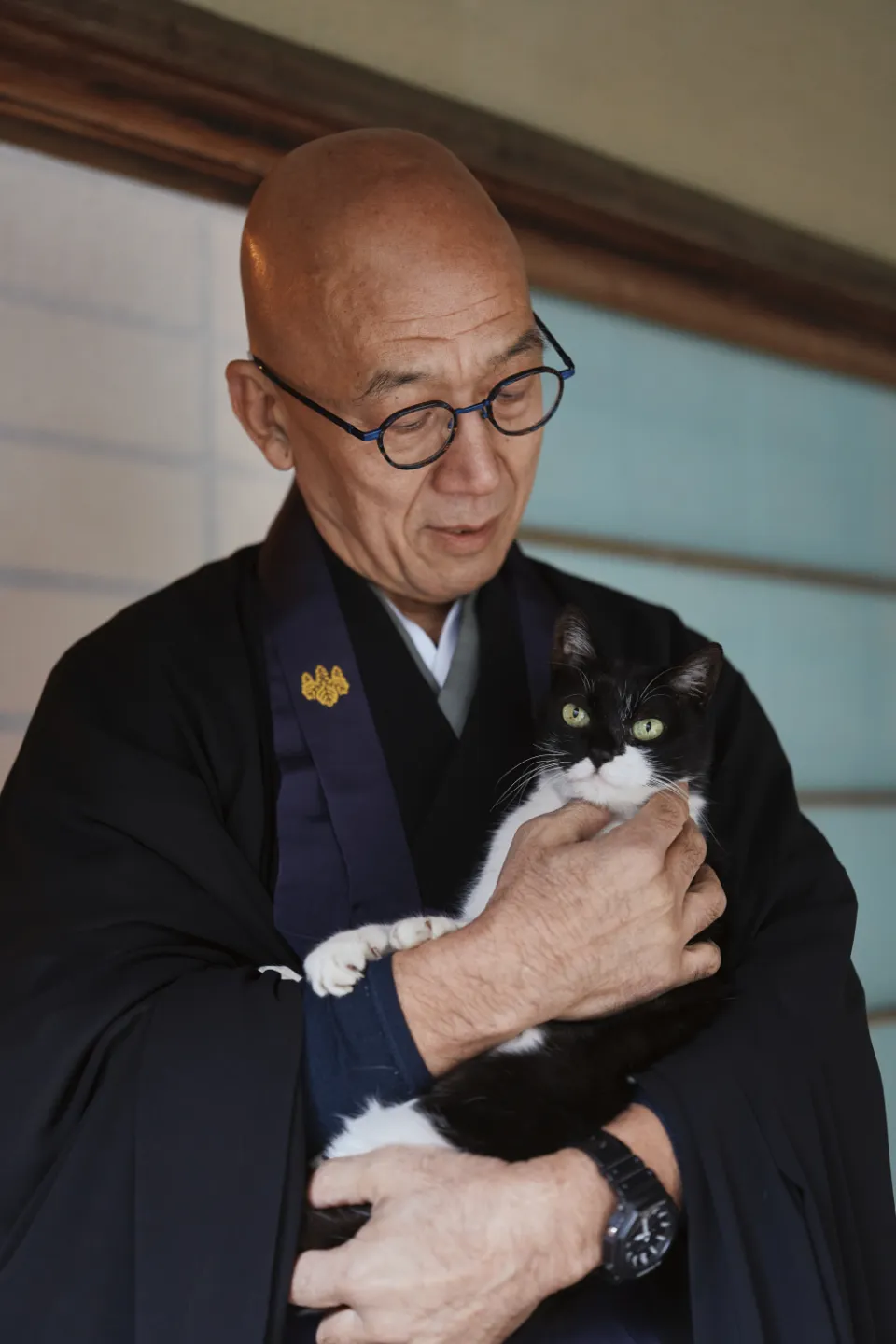
Since then you have studied intensively and taught Zen in Japan and in the USA for several decades. Now you teach zazen at your own zendo in Hayama, just south of Tokyo, as well as at the leading Eiheiji and Engakuji temples in Fukui and Kamakura.
What do you feel is the primary value of Zen in today’s society?
In Zen, finding our true self is key.
It focuses on that path and helps us awaken from the dream of desire-driven lifestyle.
Zen offers us another way of living.
Not only today’s society, but society in general, has a big problem.
That problem is our ordinary consciousness.
Our consciousness has a strong tendency to be distracted by external things. We are always looking for something which satisfies our desires. Of course, it’s necessary because when you’re hungry, you naturally seek food.
It’s a kind of instinct or natural state of human beings.
But by constantly giving into this desire and cycle of self-satisfaction we end up falling victim to the cycle of wanting and having. We get hooked and lose sight of what truly matters.
The capitalist system, in particular, encourages us to engage in this cycle. This obsession causes us to become very narrow sighted in terms of space and time. We irresponsibly create waste, disregarding our descendants, who in reality will have to deal with it.
Compared to 300 years ago, the scale of the impact of the Anthropocene on nature is enormous. This will have a direct impact on us, because we are not separate from the environment.
We are coming to the limit of that kind of lifestyle, and need to realize it.
Zen warns of this desire-driven lifestyle.
It’s a misunderstanding to say that Buddhism is against desire. Desire itself is natural, but we lose sight of ourselves by being driven too much by desire.
Zen invites us to see that we are bigger than our desires.
Desire is a part of ourselves; but we are not part of the desire.
Whatever we do, we should do based on this deep grasping of who we are.
Only in that way can we find freedom and live a life of care and meaning.
A Starting Point
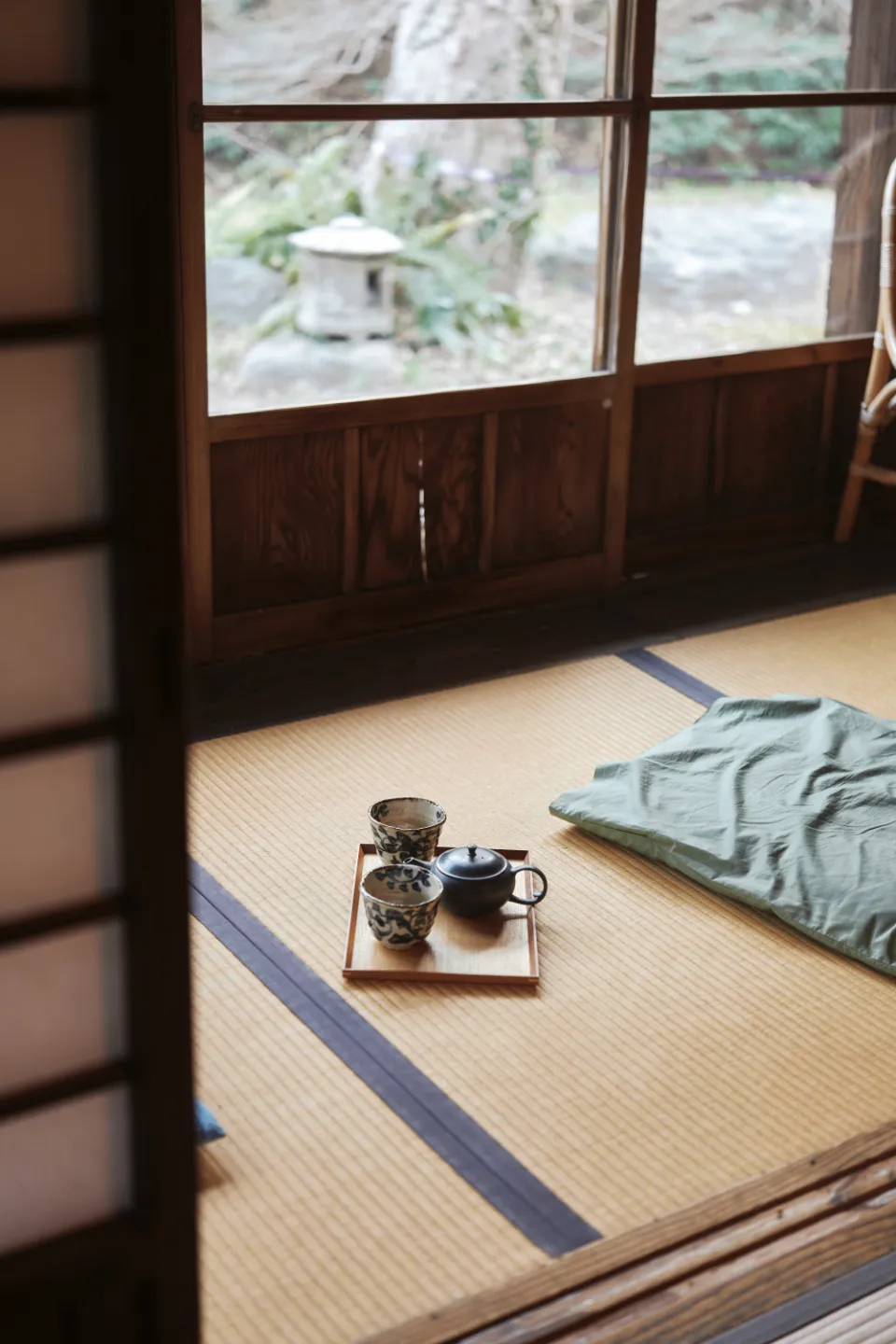
What’s a starting point for someone who is curious to shift away from a desire-driven way of life to more of a Zen way of understanding life and the self?
I think practicing Zazen is a good way to start.
Desire-driven decisions make us move our legs, hands, tongue, and brain to satisfy our desire. But in Zazen, which is a core of Zen practice, we “seal” those four things – legs, hands, tongue, brain – and Zazen is a tool or gateway through which we can taste a little bit of the world without being pulled away by desire.
When I first sat Zazen, lots of things happened within me, it was kind of a clash between two cultures; a culture based on desire and a culture based on non-desire.
Zazen is different from most other forms of meditation. I would not even call it a mediation.
In Zazen, we don’t aim for anything.
The point is simply to sit. Welcoming but not clinging to whatever arises.
I feel that Zen is quite often, especially in the West, seen or used to achieve some kind of state or some kind of goal.
That’s a common misunderstanding.
Historically, some forms of Zen are goal-oriented. However, Dogen’s approach (the founder of the Soto Zen lineage that Fujita san comes from) is entirely different.
Zazen is not about achieving a goal.
It’s about transcending the goal-oriented mind itself.
Zazen: Becoming Like a Mirror
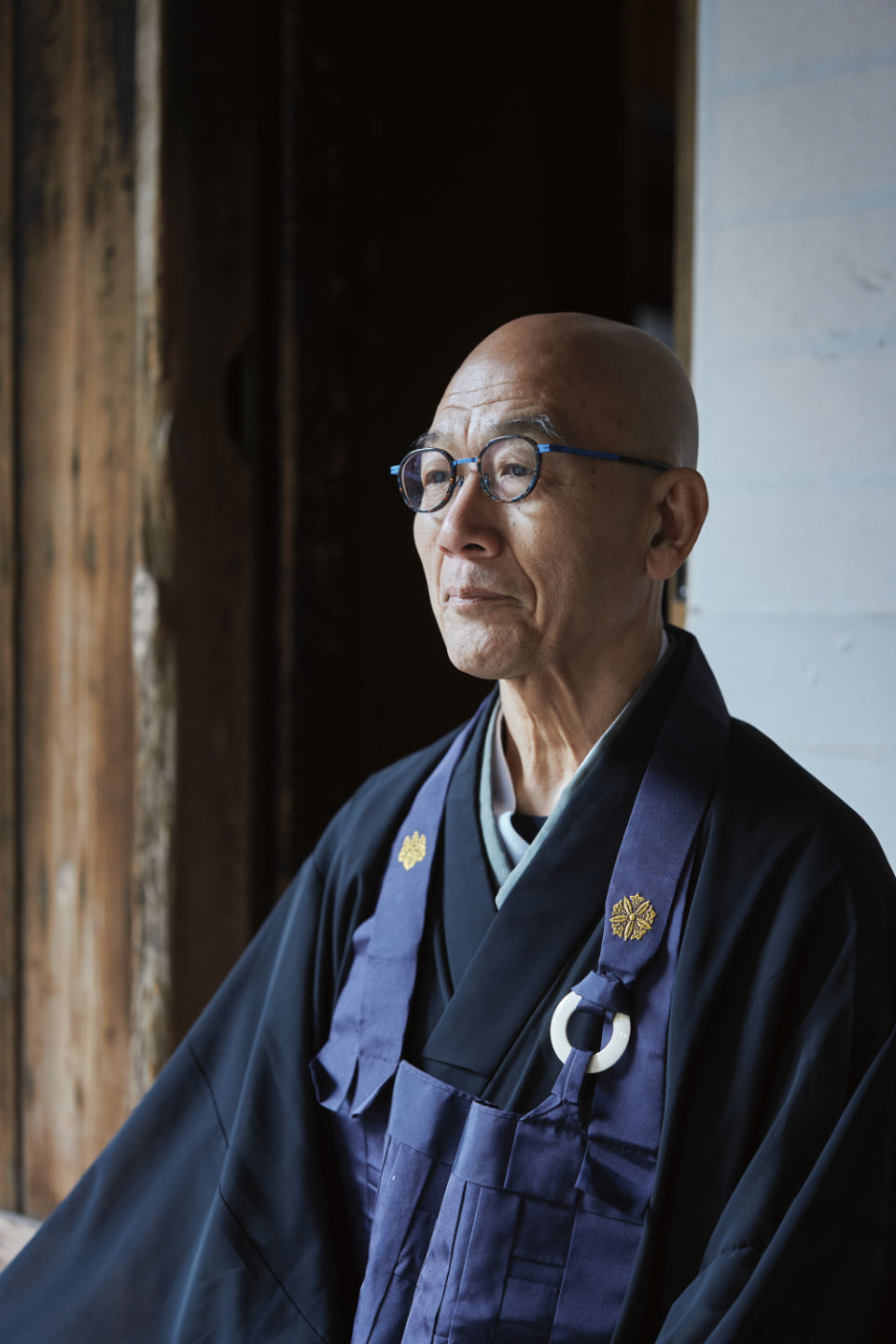
Could you elaborate on how you recommend practicing Zazen?
In zazen, we become simply like a mirror.
Reflecting things just as they are.
A mirror does not select a beautiful woman or ugly woman, right? Also, the mirror doesn’t get upset, it just simply reflects what appears in front of it.
In zazen we cultivate that kind of attitude, we’re just simply experiencing everything, moment by moment, with an open mind (and heart).
This requires three things:
1. Harmonizing body (posture)
2. Harmonizing breath (breathing)
3. Harmonizing mind (mental state)
First, we begin with sitting with good posture.
Good means in good alignment with gravity, without fighting against it. In Zazen, gravity is not the enemy; it is a resource. It tells us how to sit, so each moment is a kind of collaboration or dialogue with gravity.
Your lower body should be fully grounded on the floor and your upper body fully open and relaxed. If we ignore gravity, we cannot attain groundedness and uprightness. In order for us to communicate with gravity, we have to enhance our sensitivity, particularly proprioceptive sensations.
Then, as for breathing, just breathe naturally.
Naturally means you are not controlling the breath, so instead of forcing your breathing, you allow yourself to become a part of the breath that comes to you without any resistance, blockage, or sense of control. Just let it happen.
Also, deeply relax the six sensory functions – eyes, nose, ears, tongue, body, and brain. The brain is a sensory organ in Buddhist psychology. It is the catcher of the thoughts, like we catch sound with our ears. Then, receive these six kinds of sensory input, with an open-mind, without naming or conceptualizing, moment by moment.
That’s a very rough sketch of Zazen.
We integrate what I said so far into the very simple act of sitting.
Please watch the video I created for a guided experience of this.
